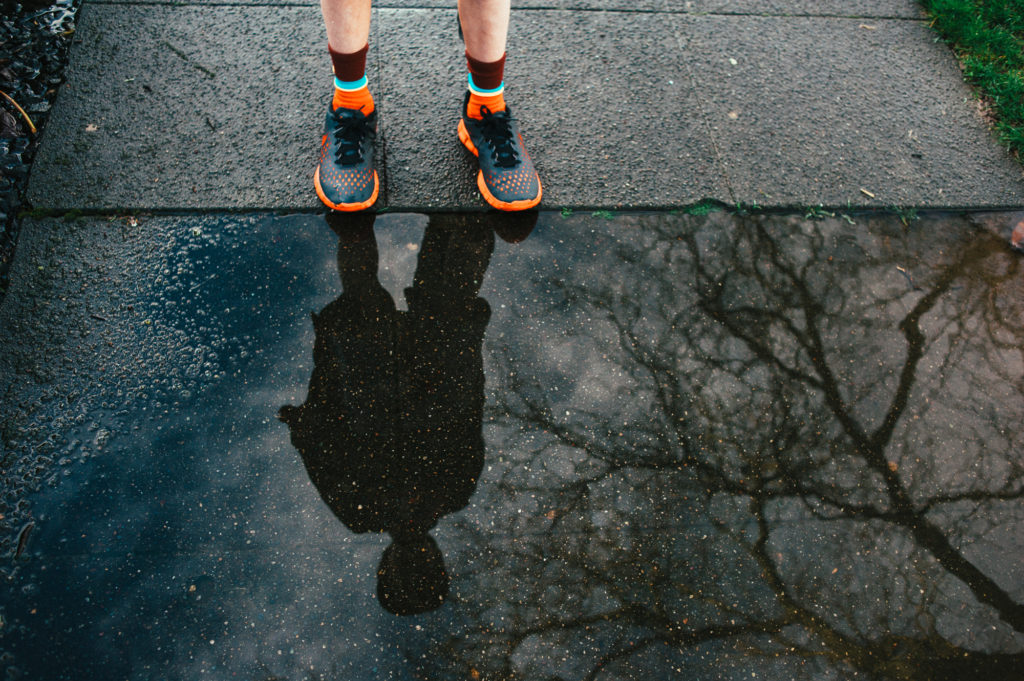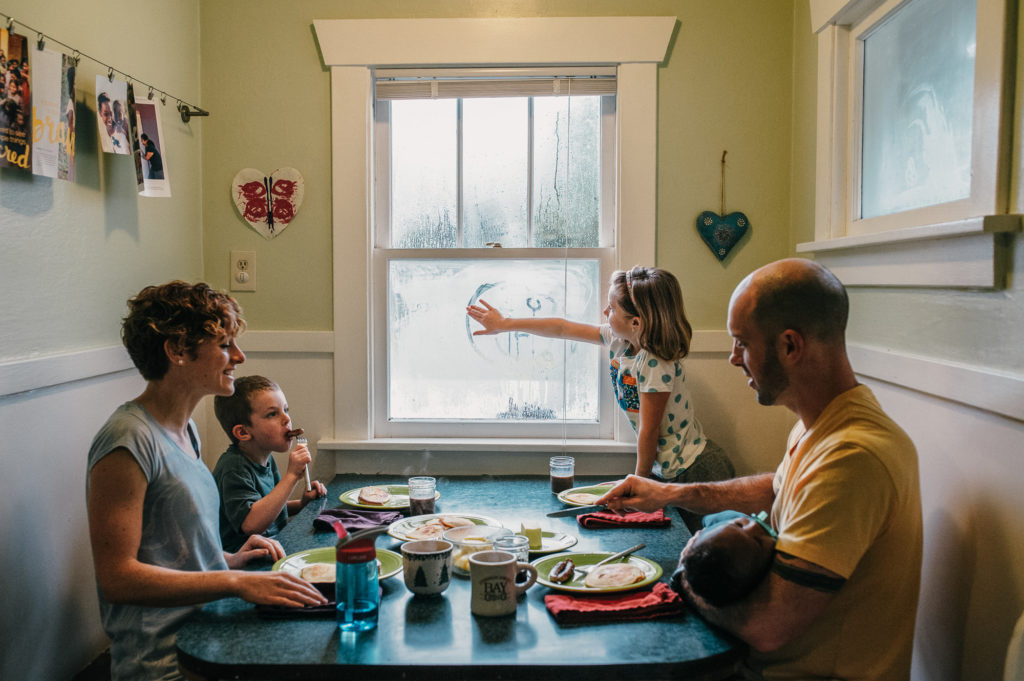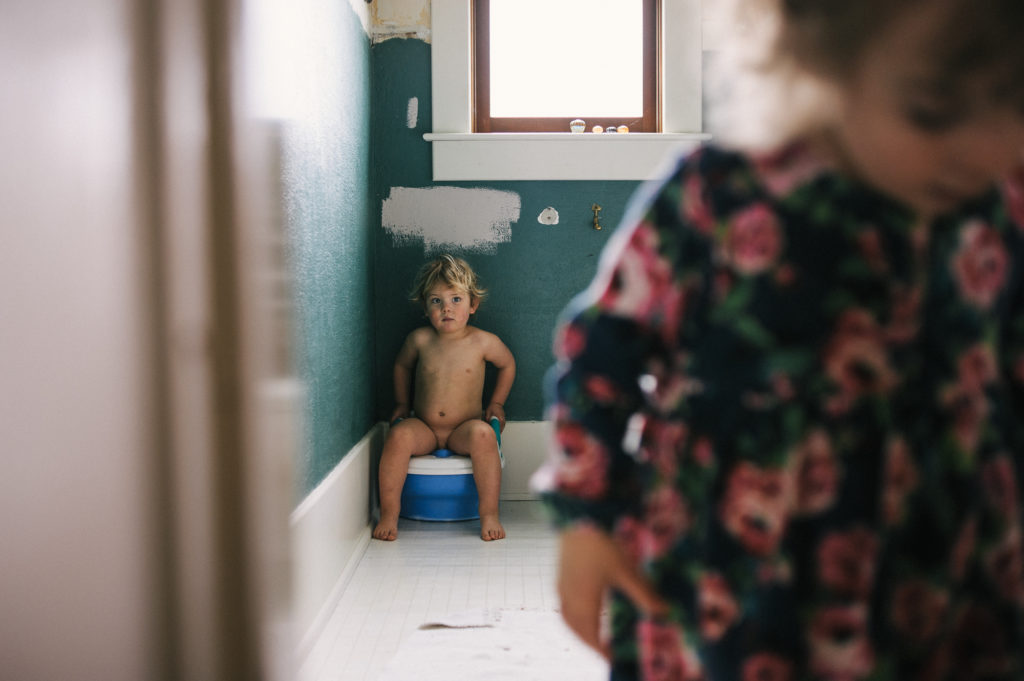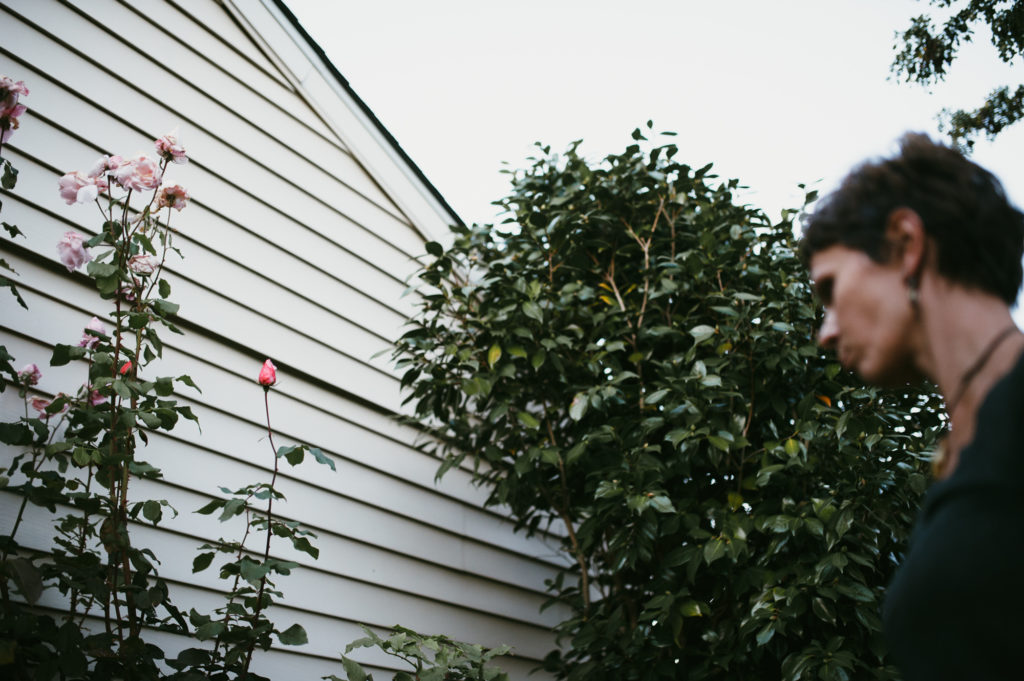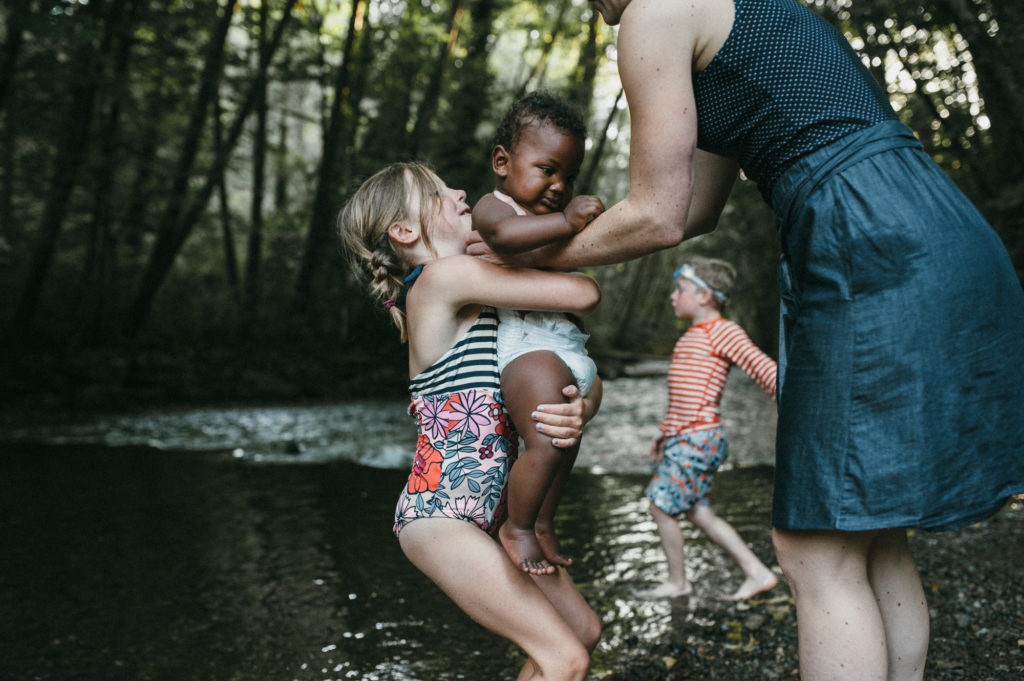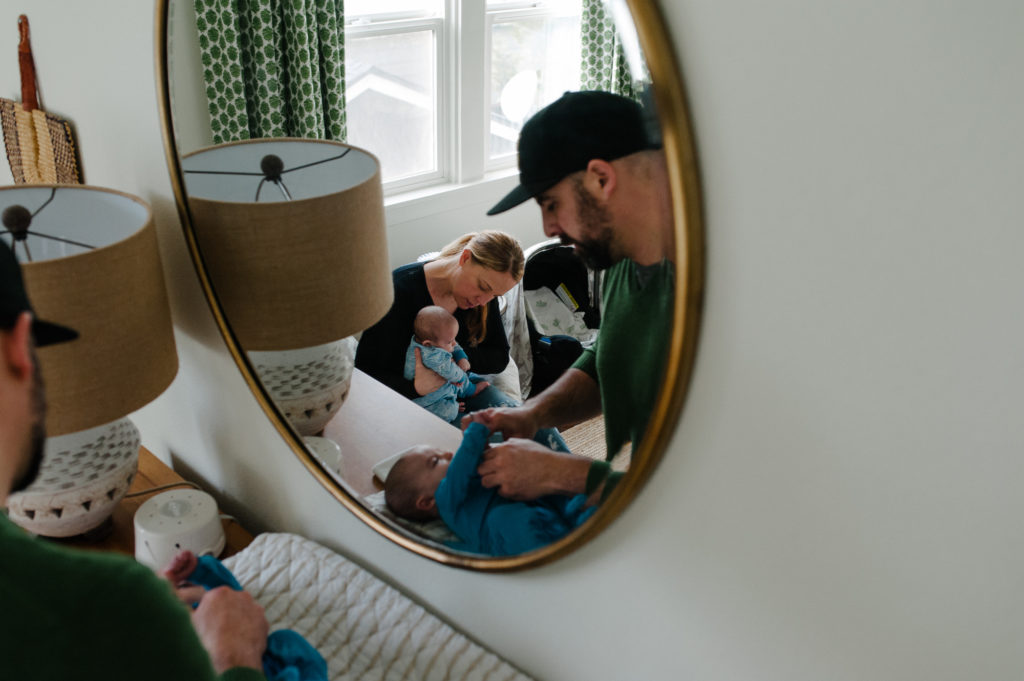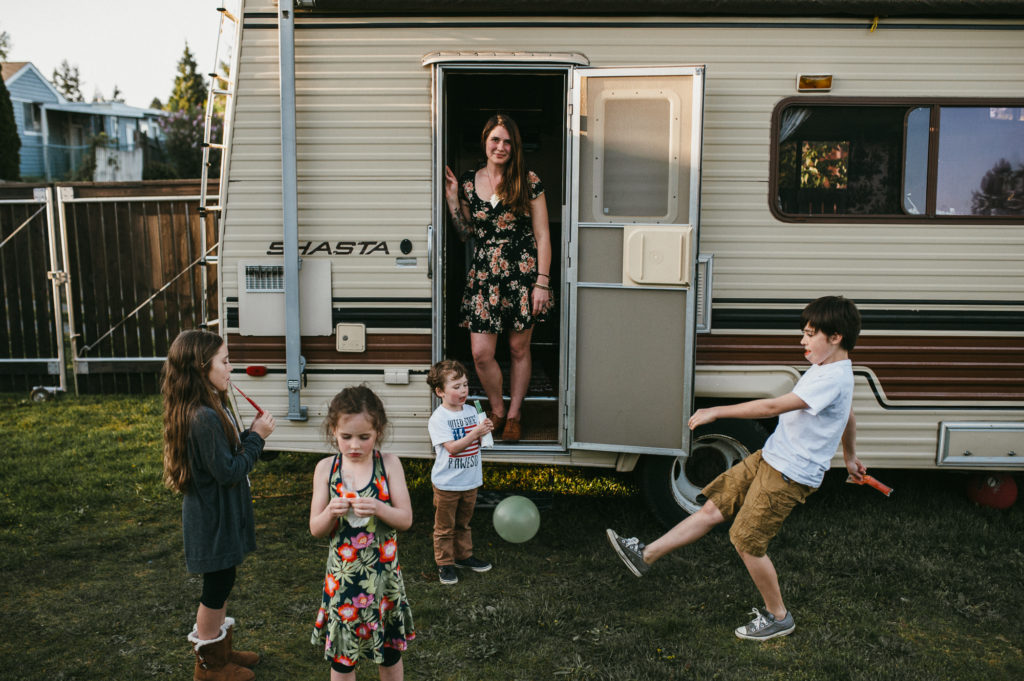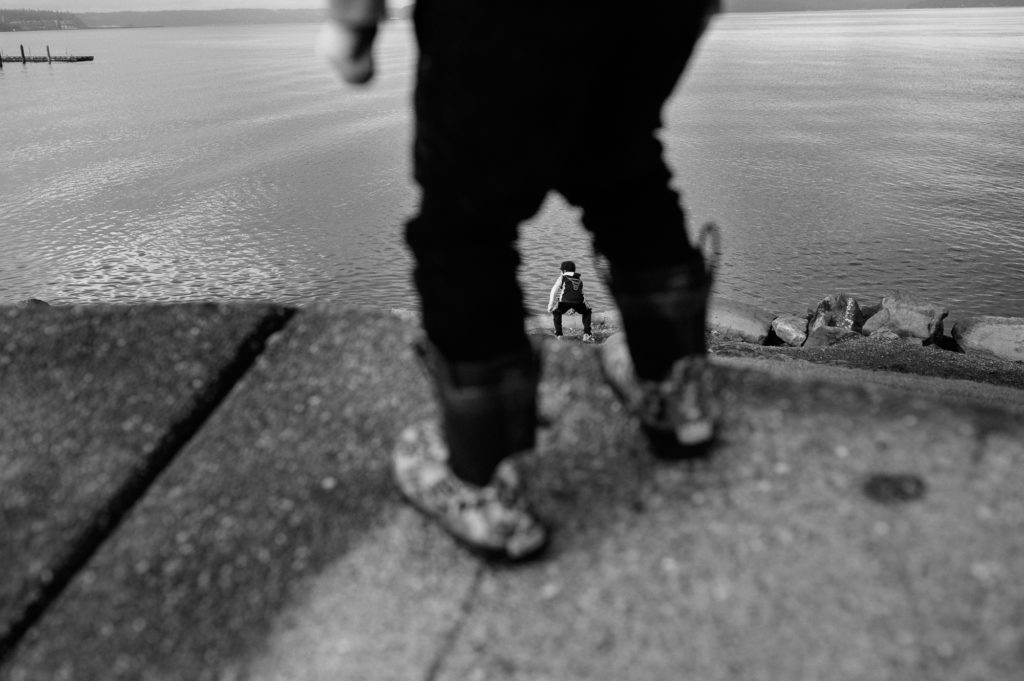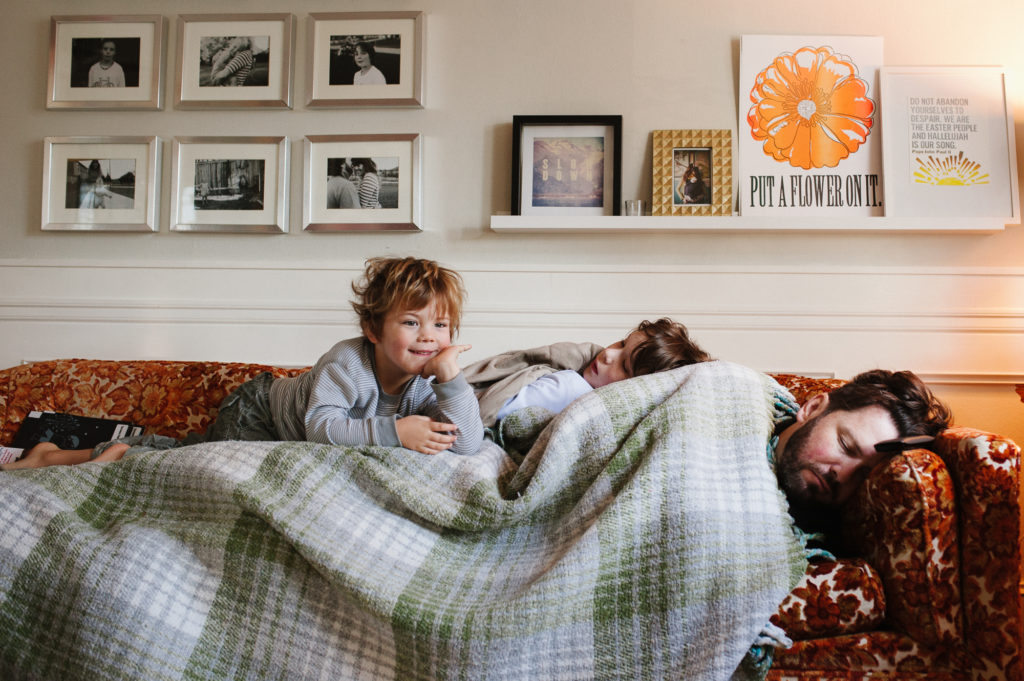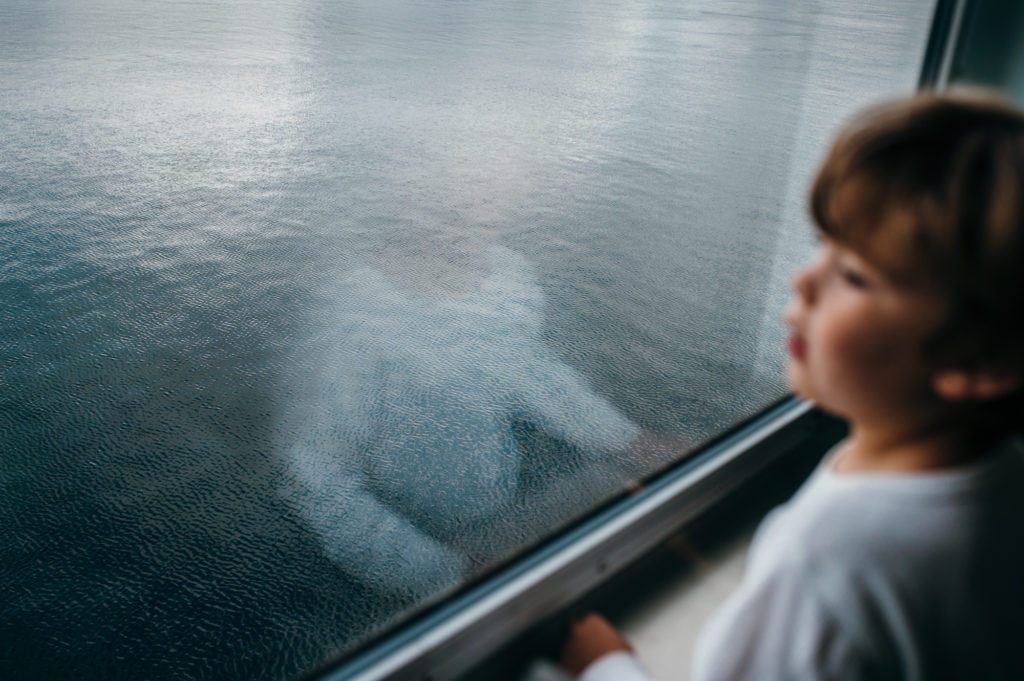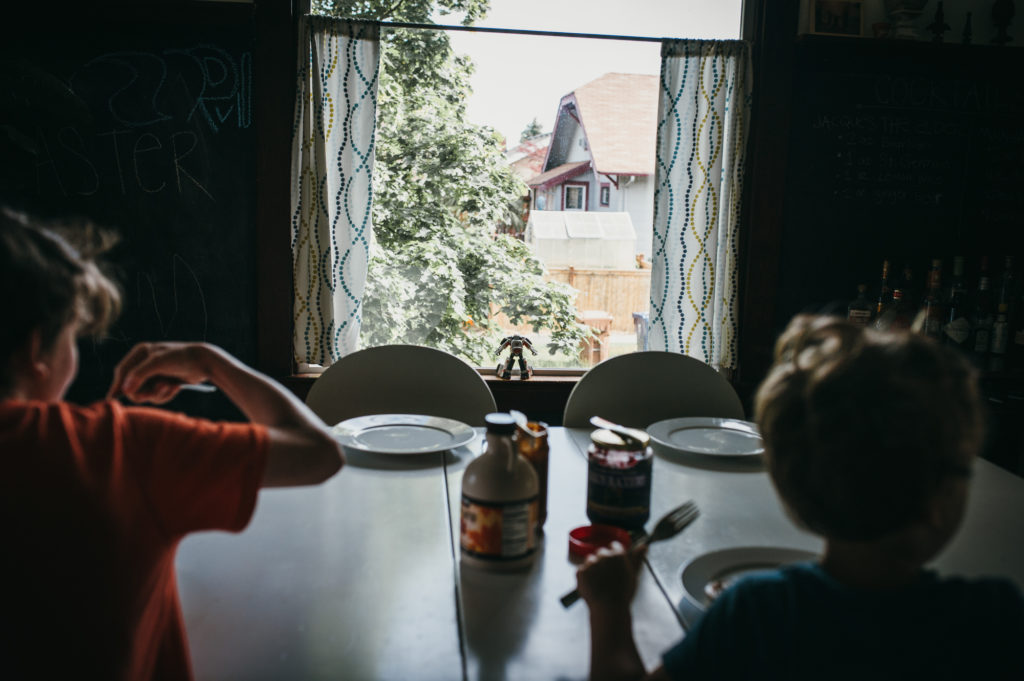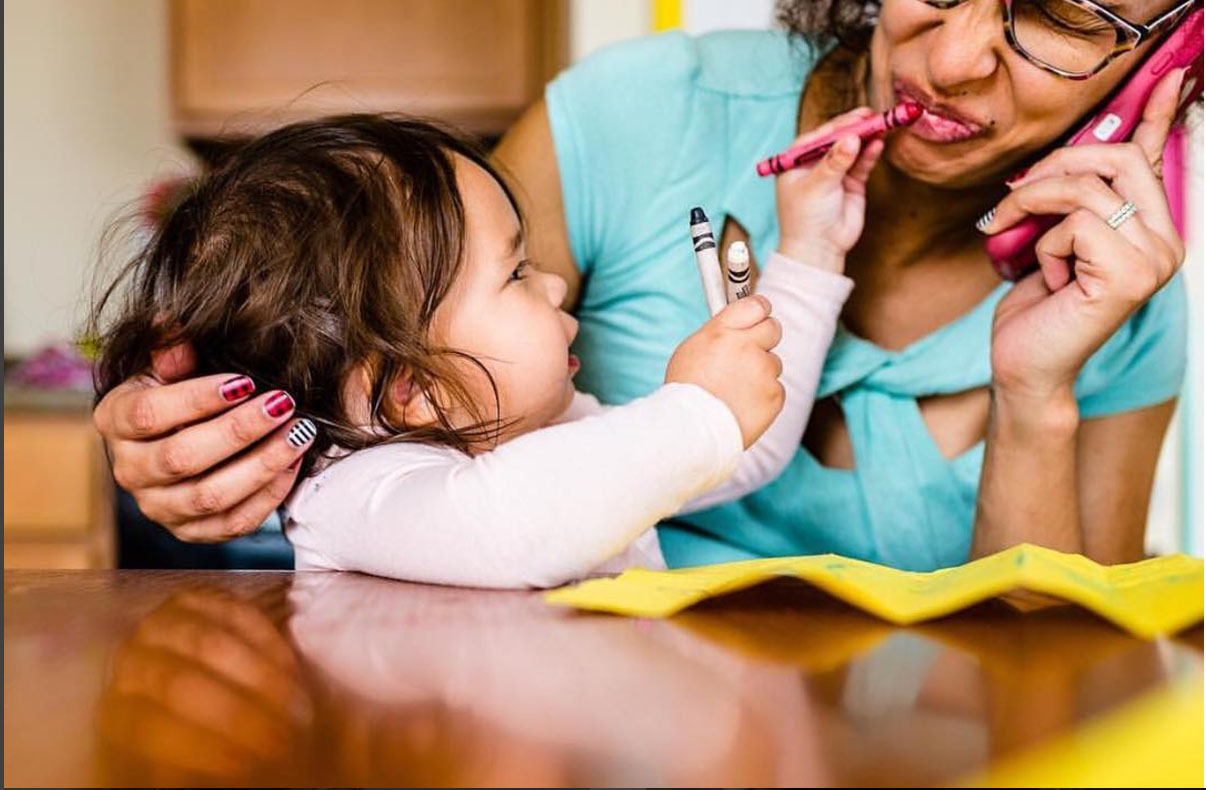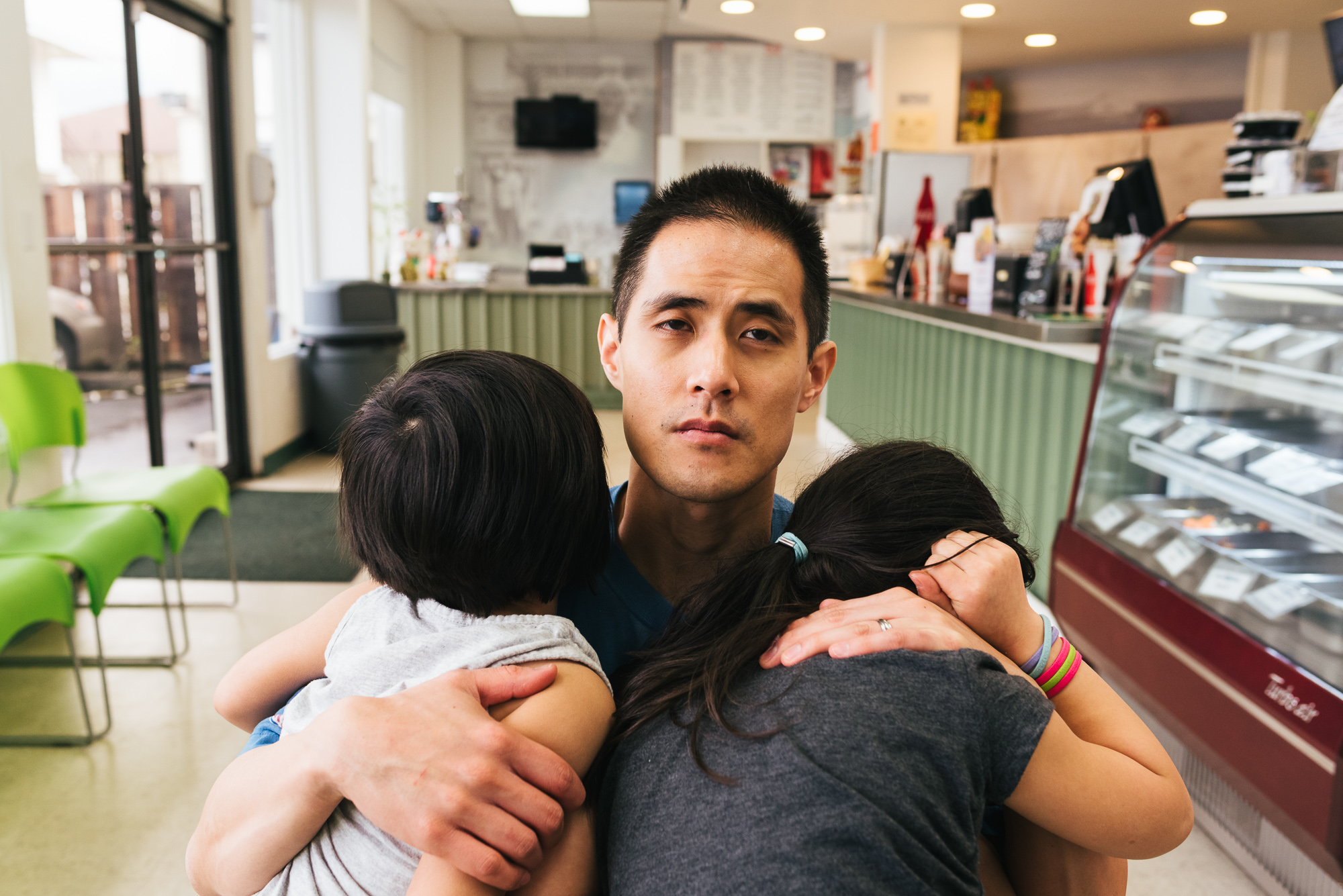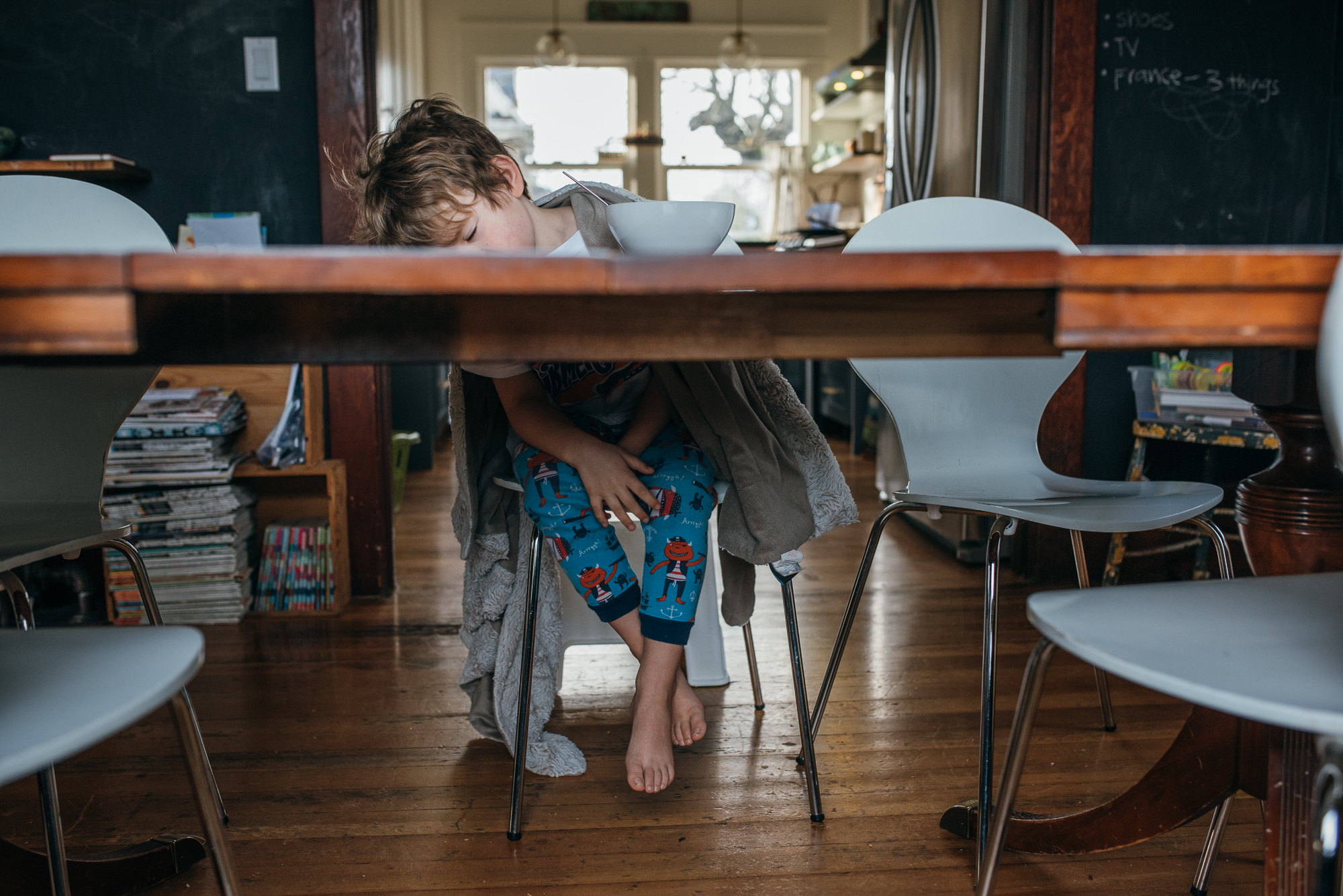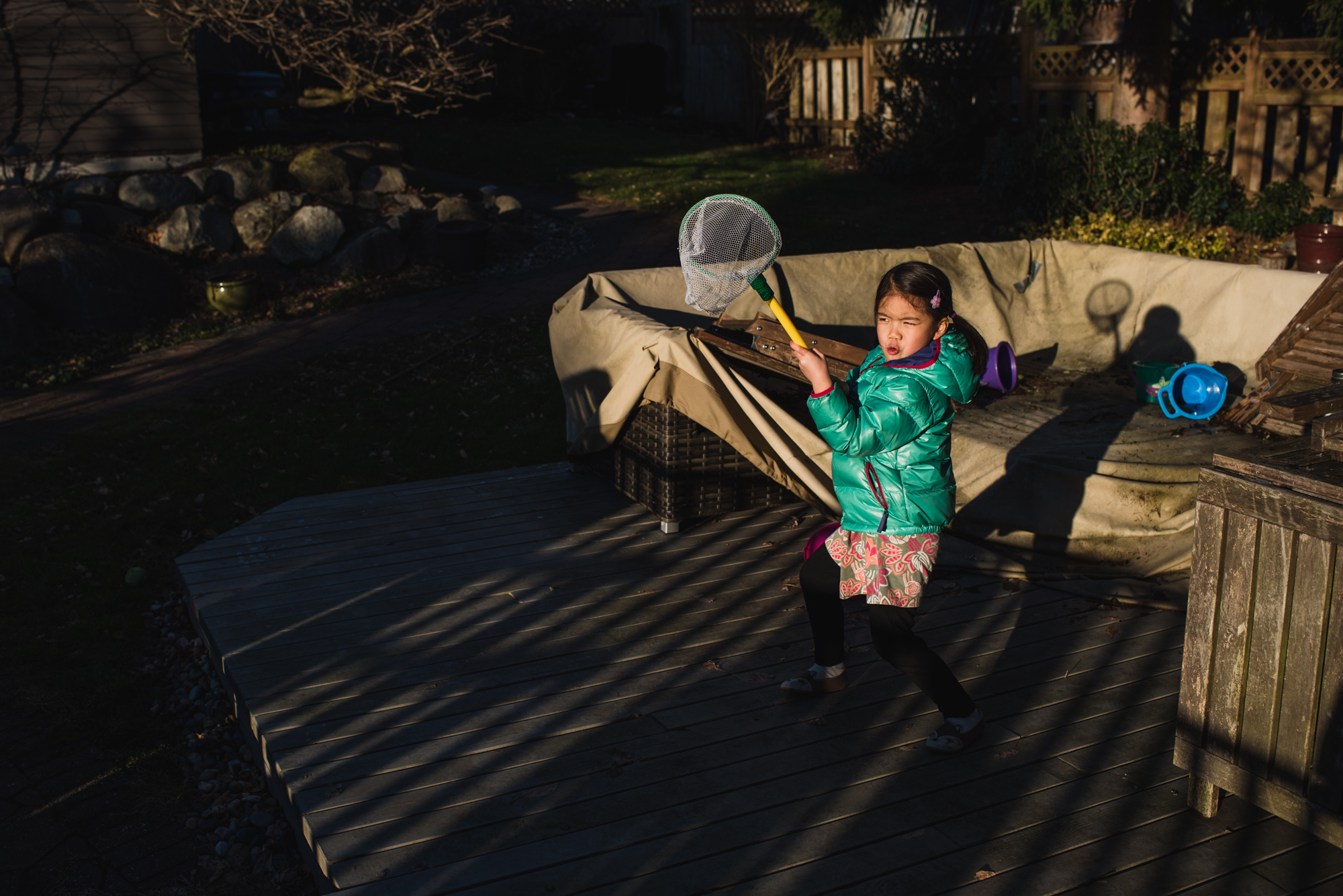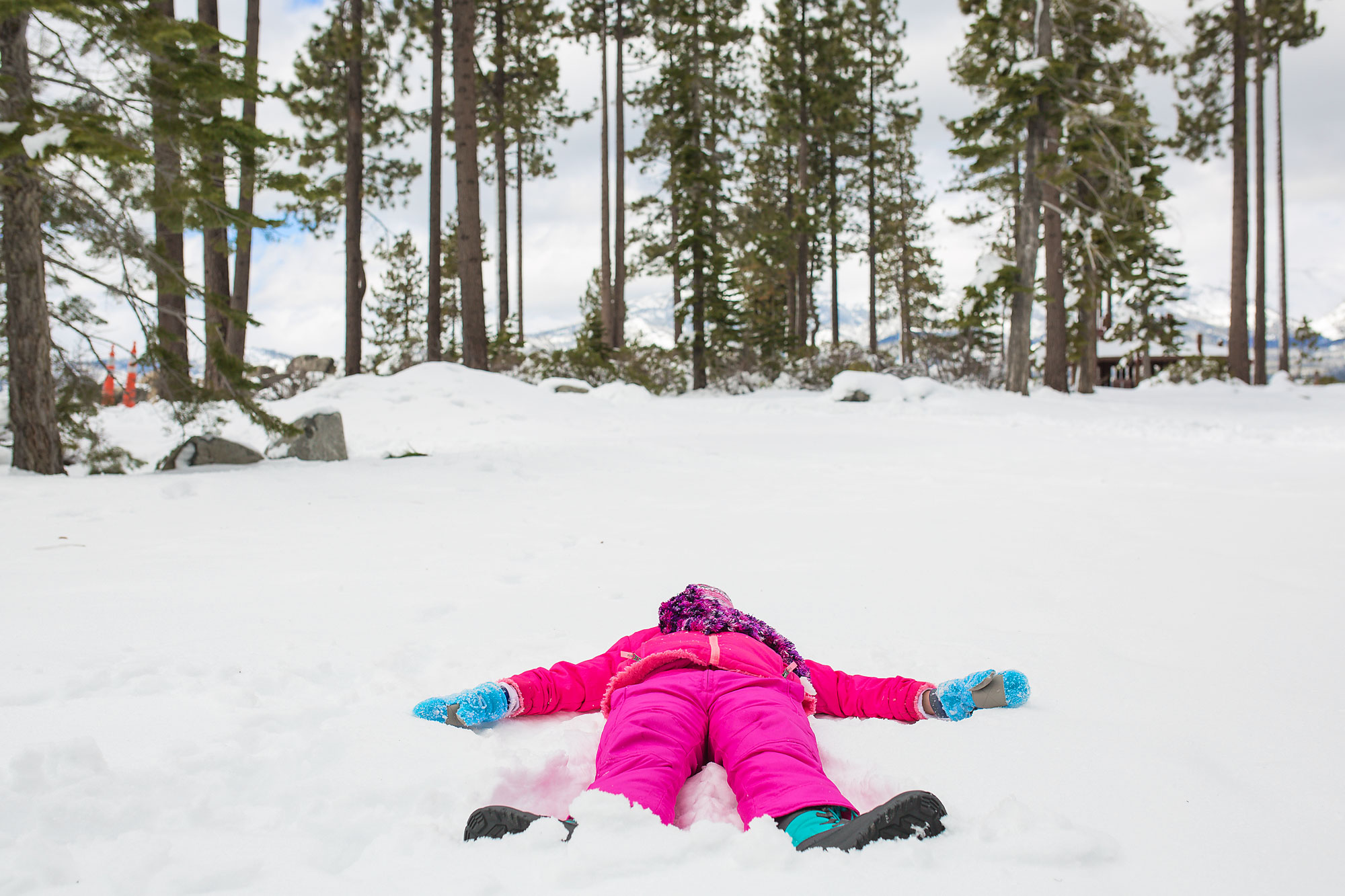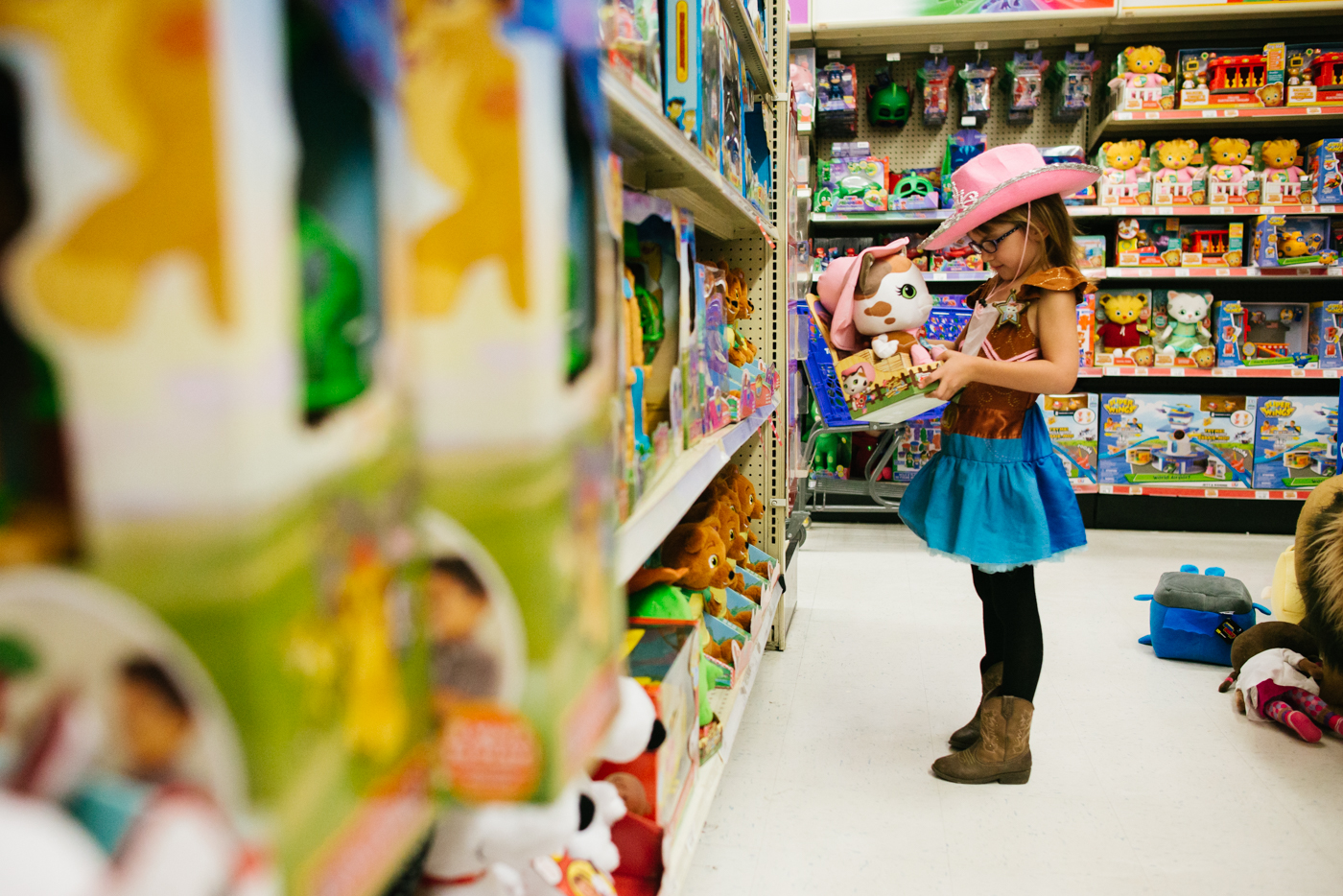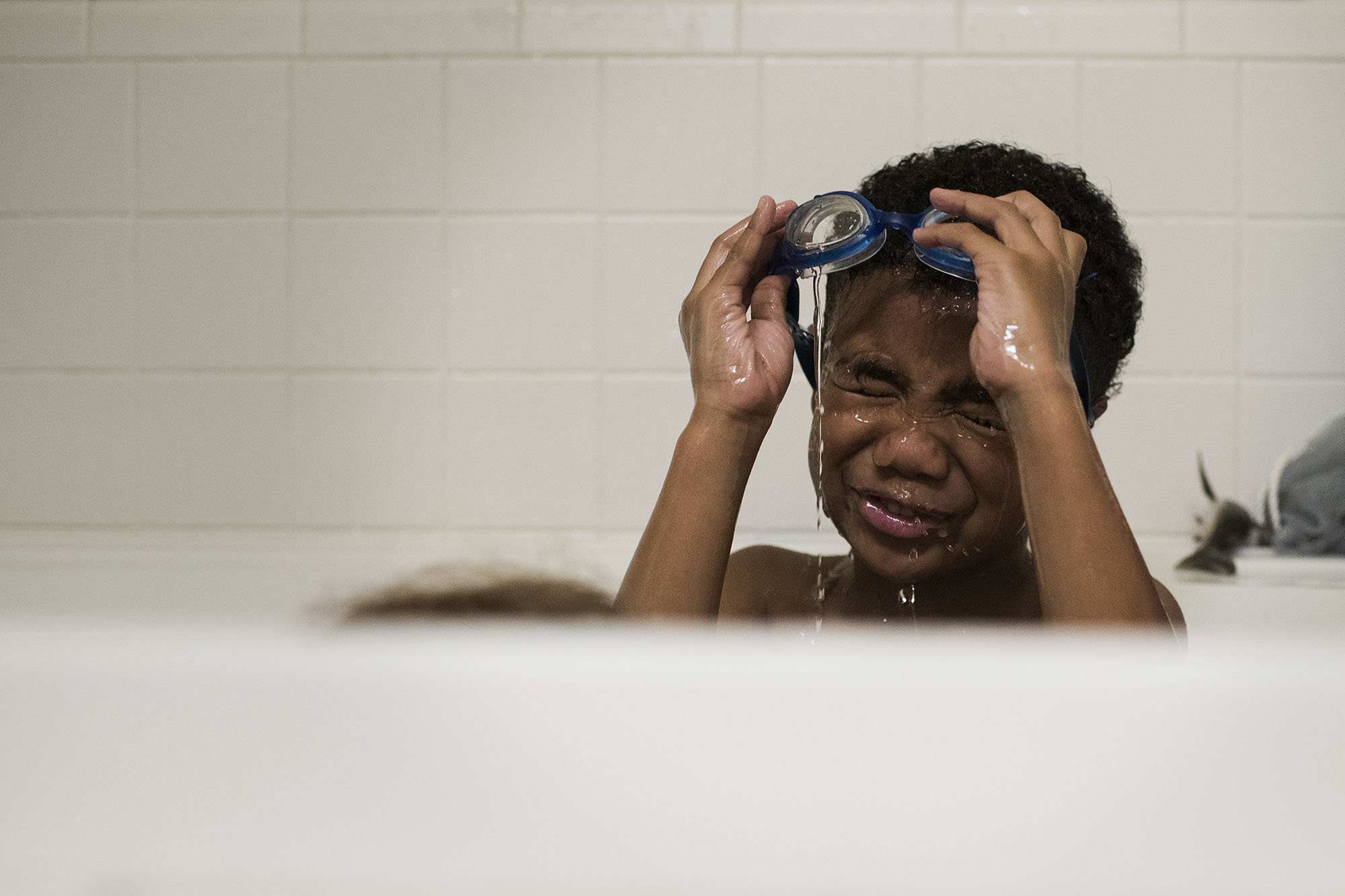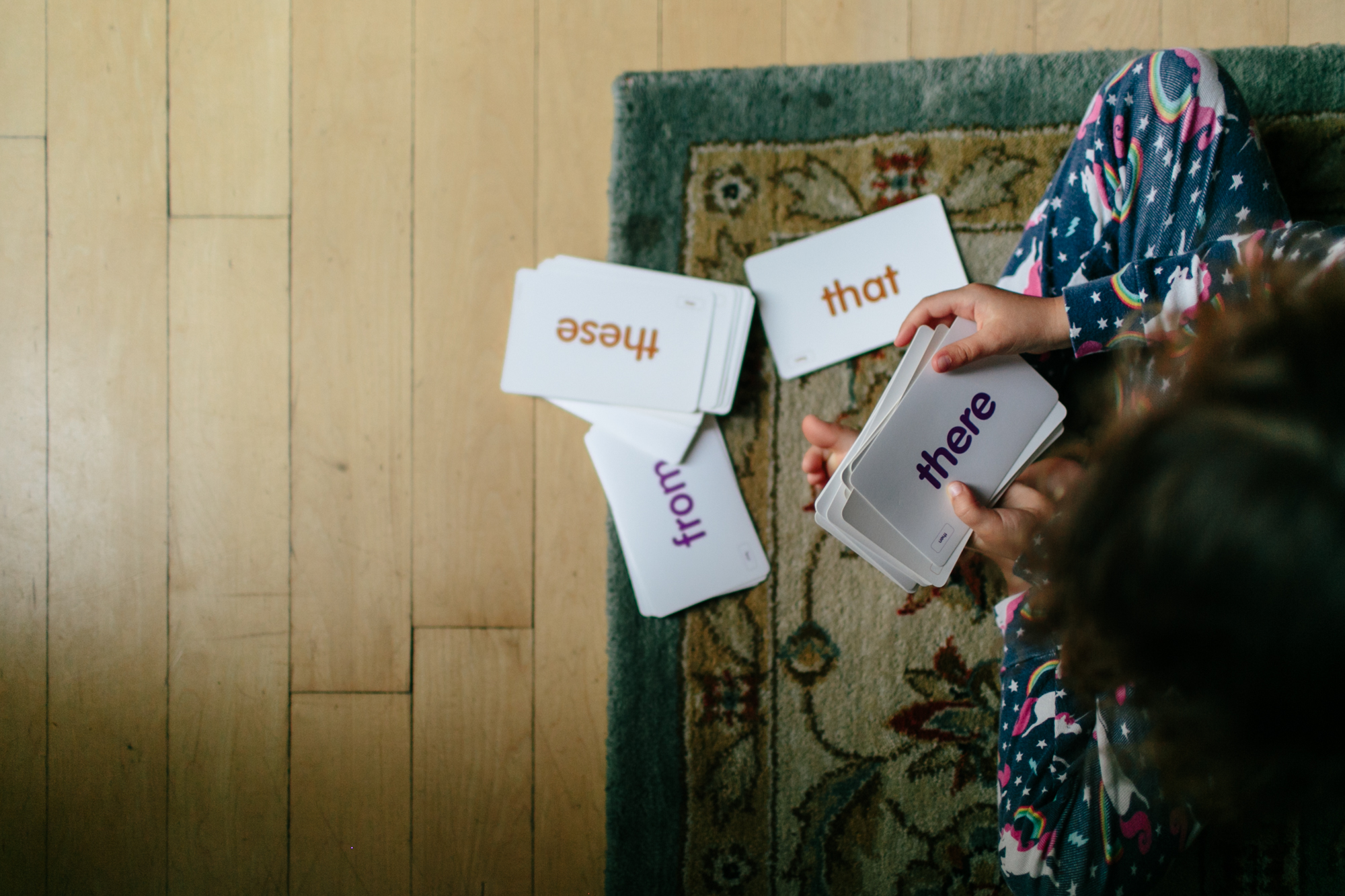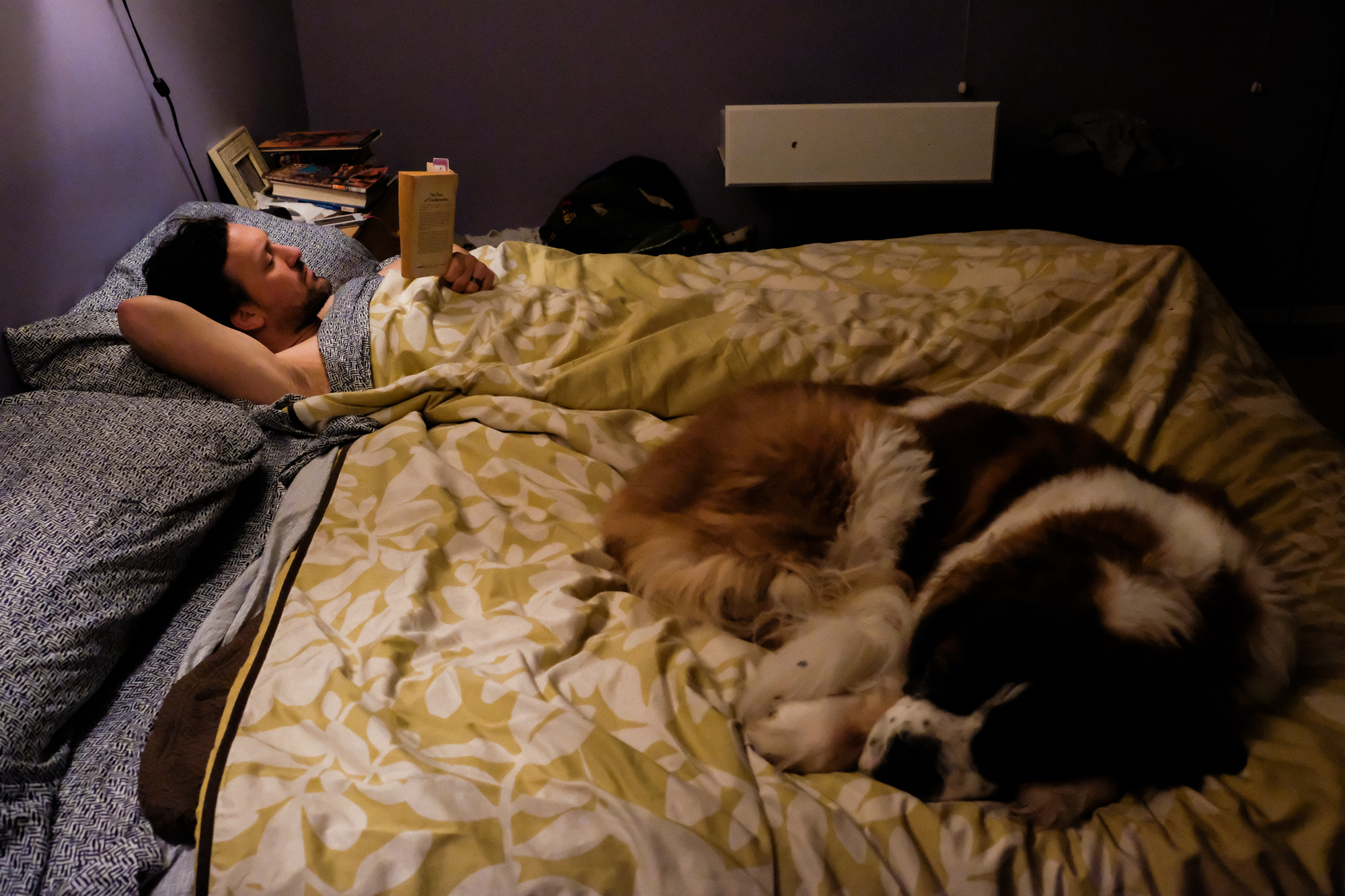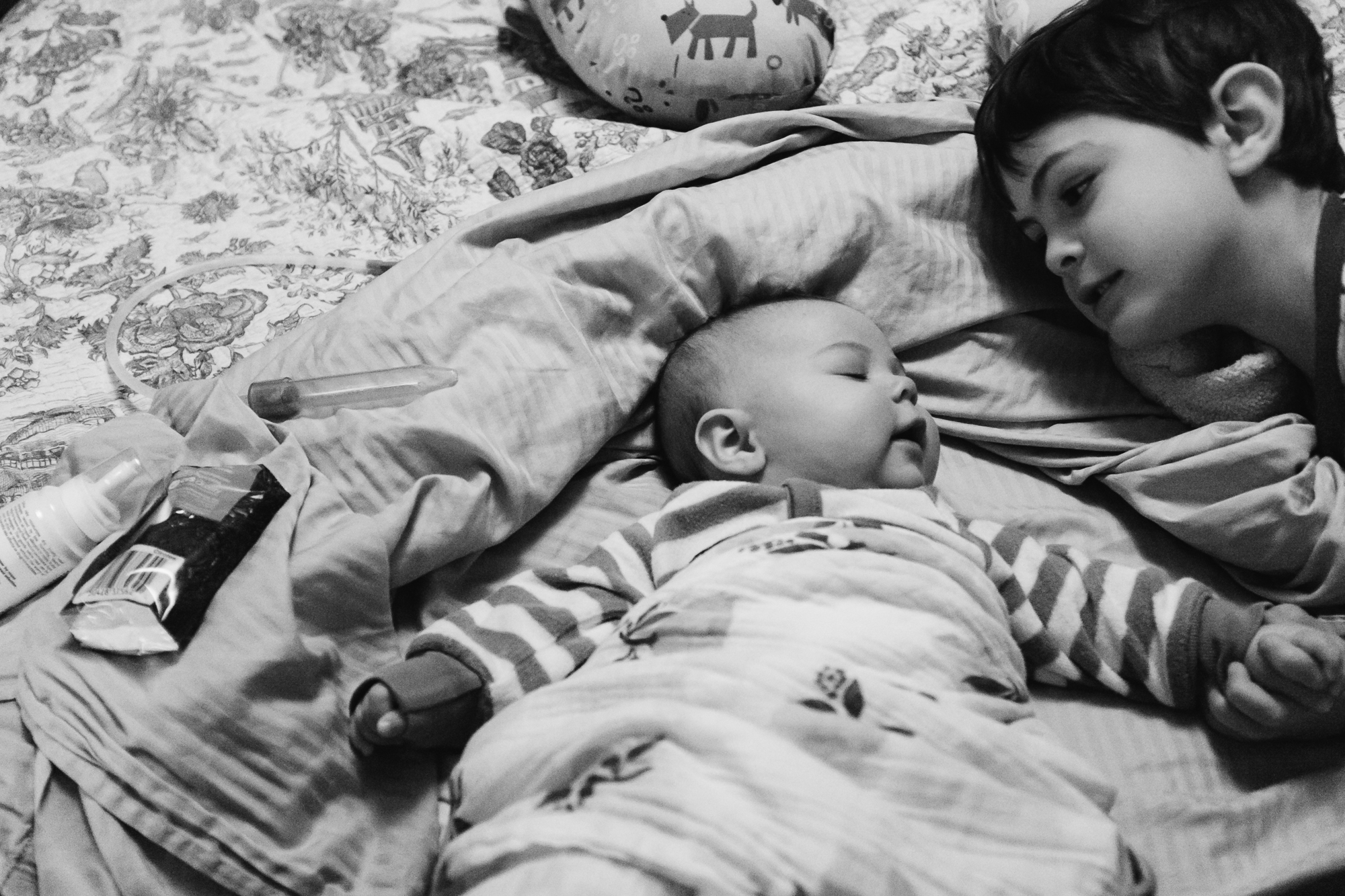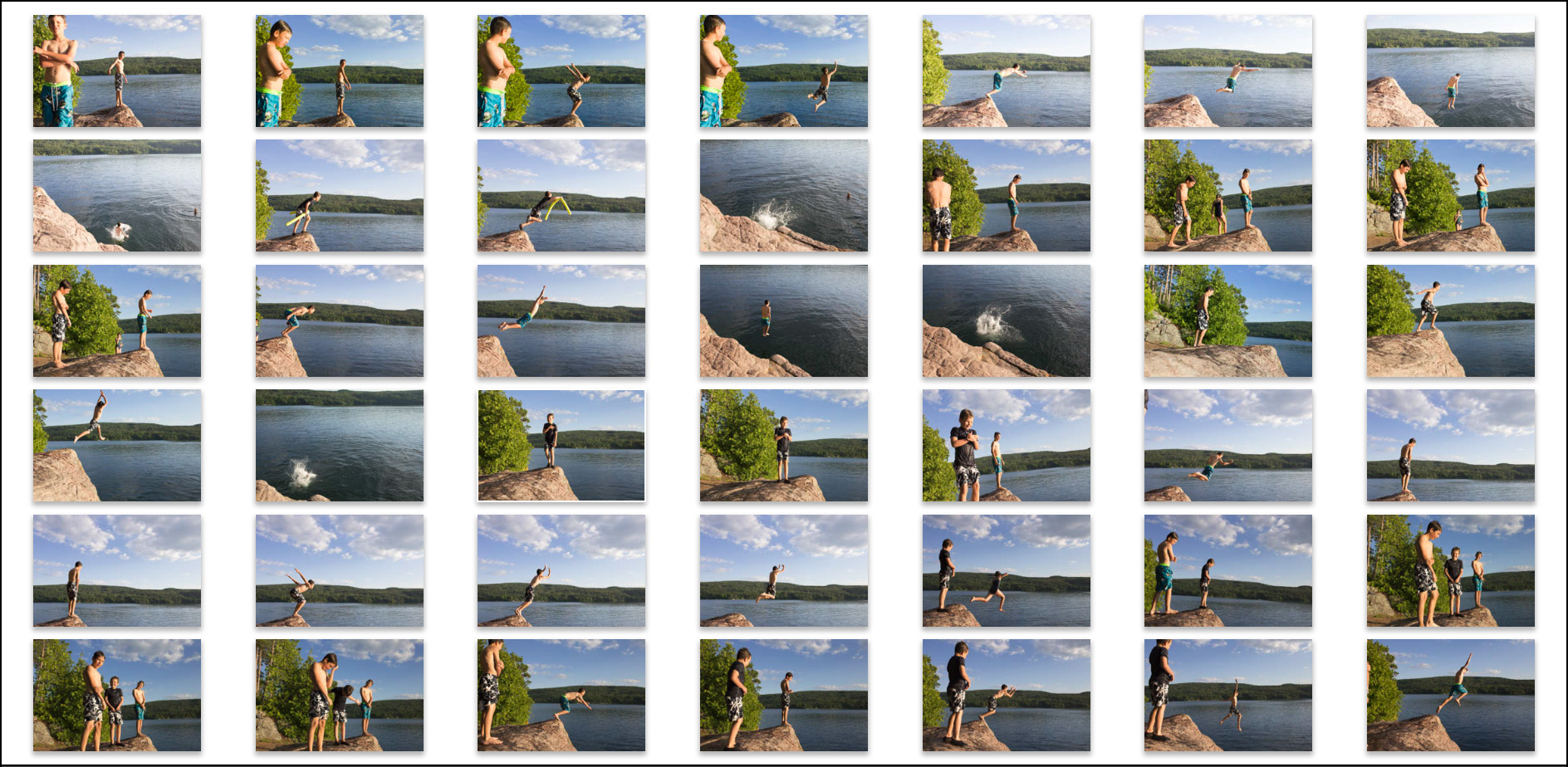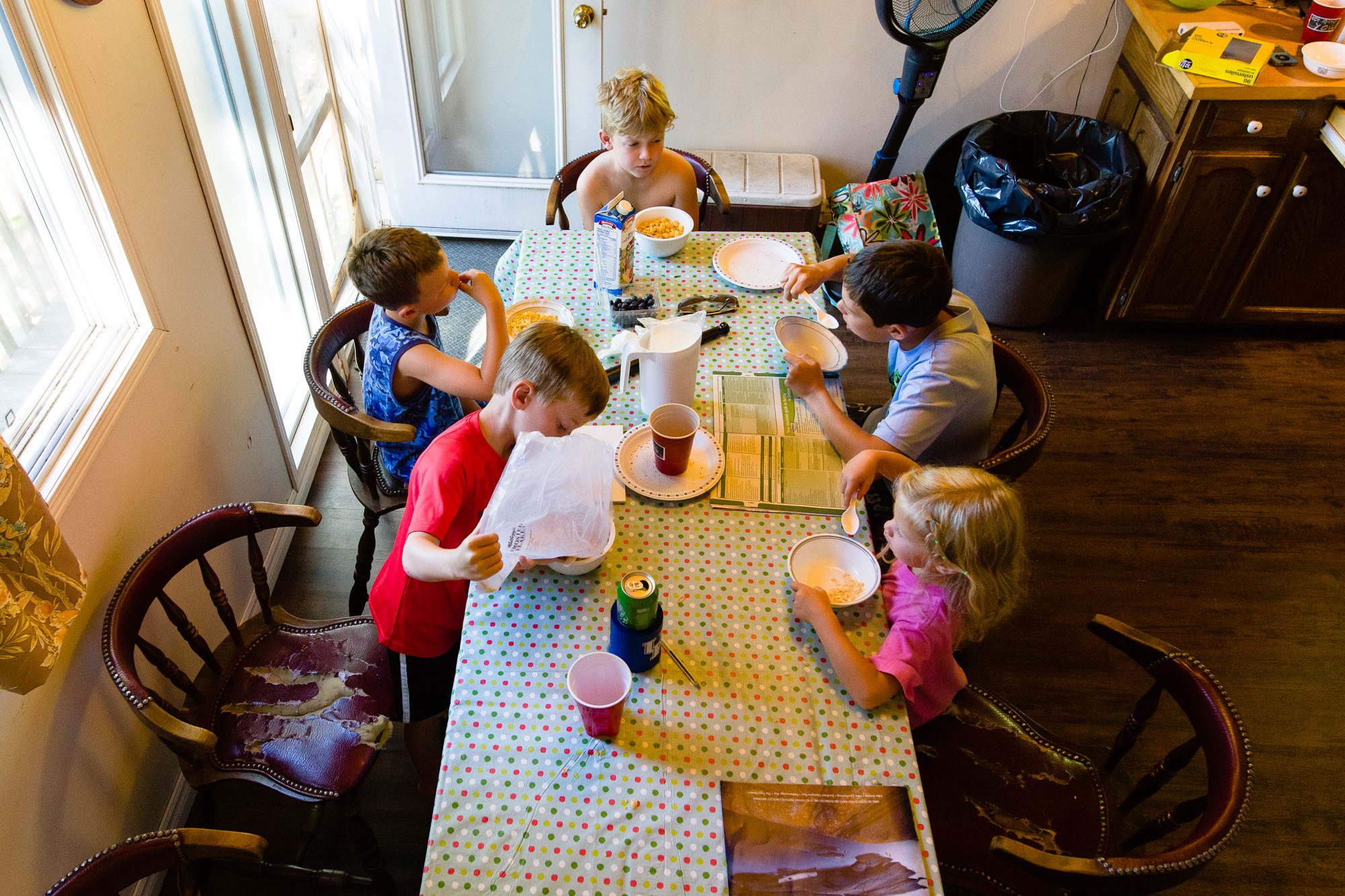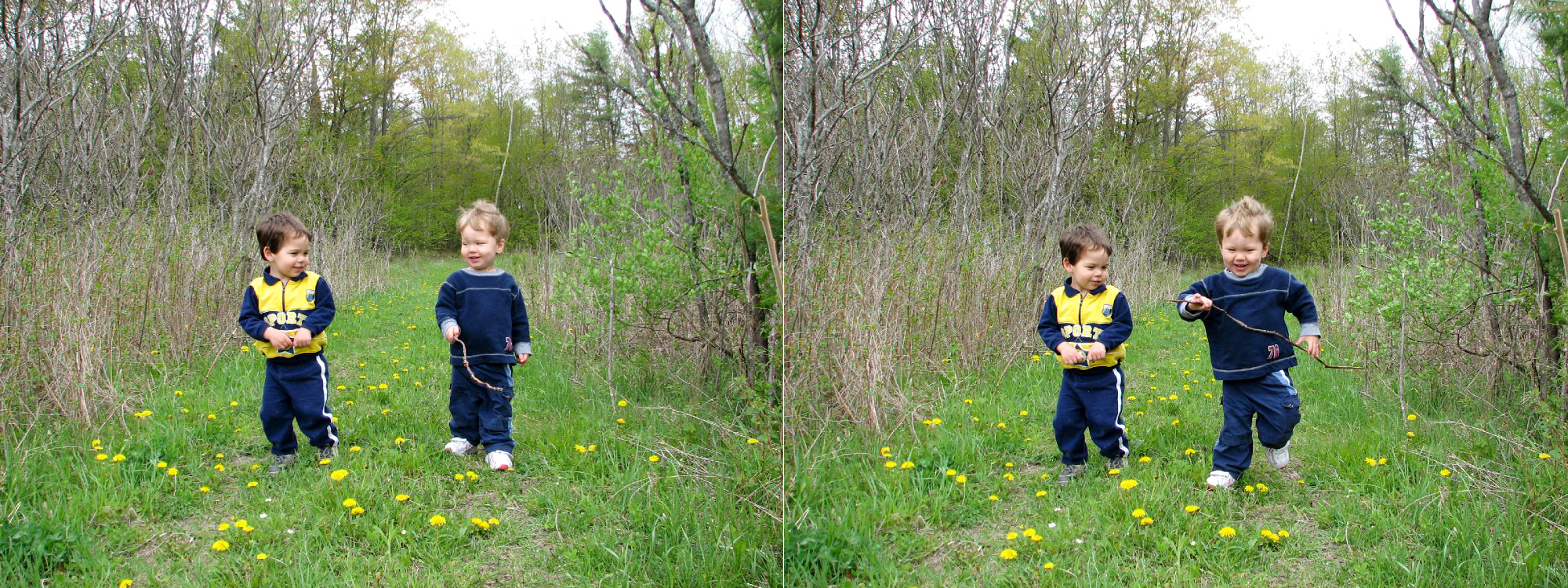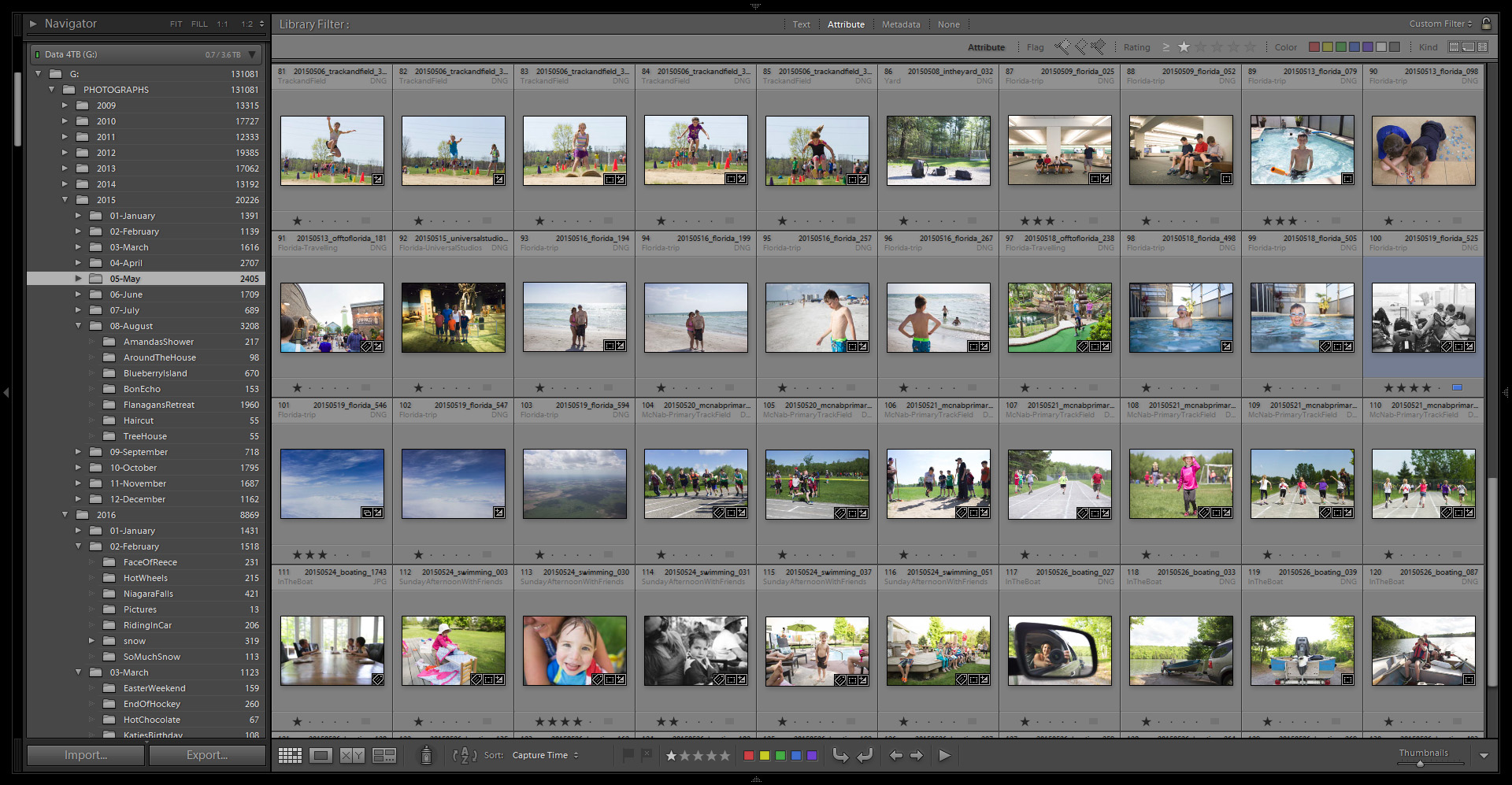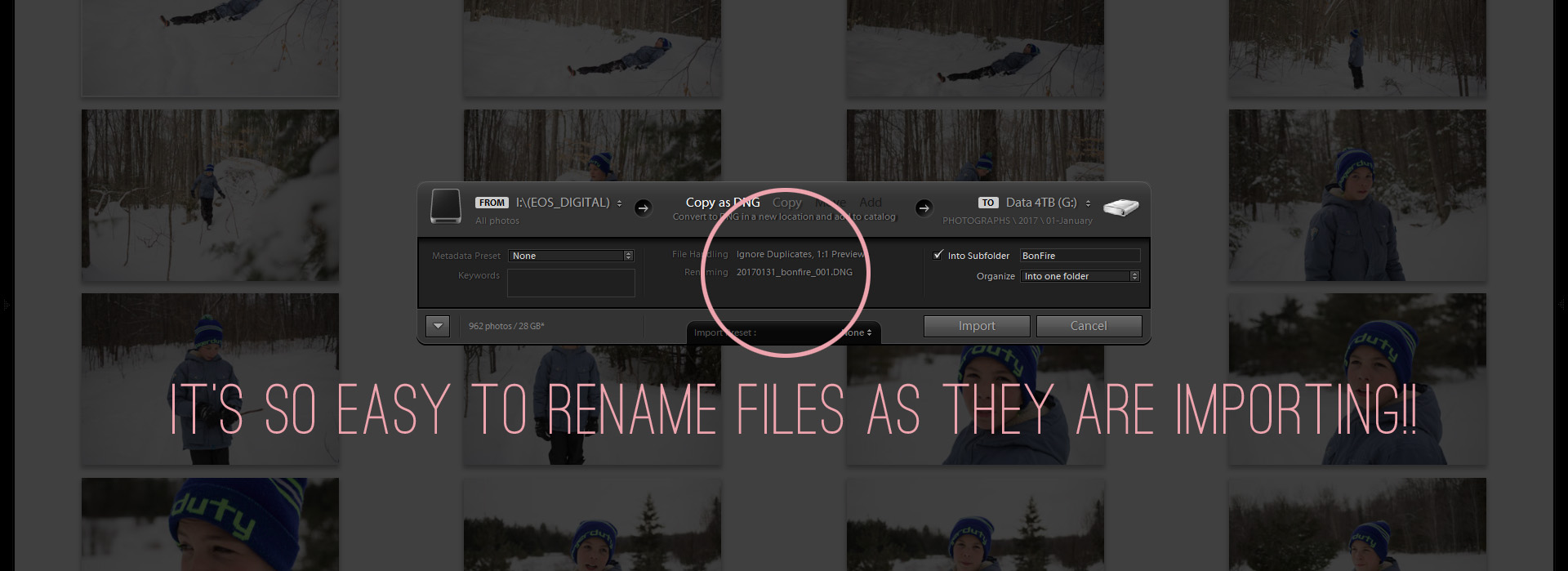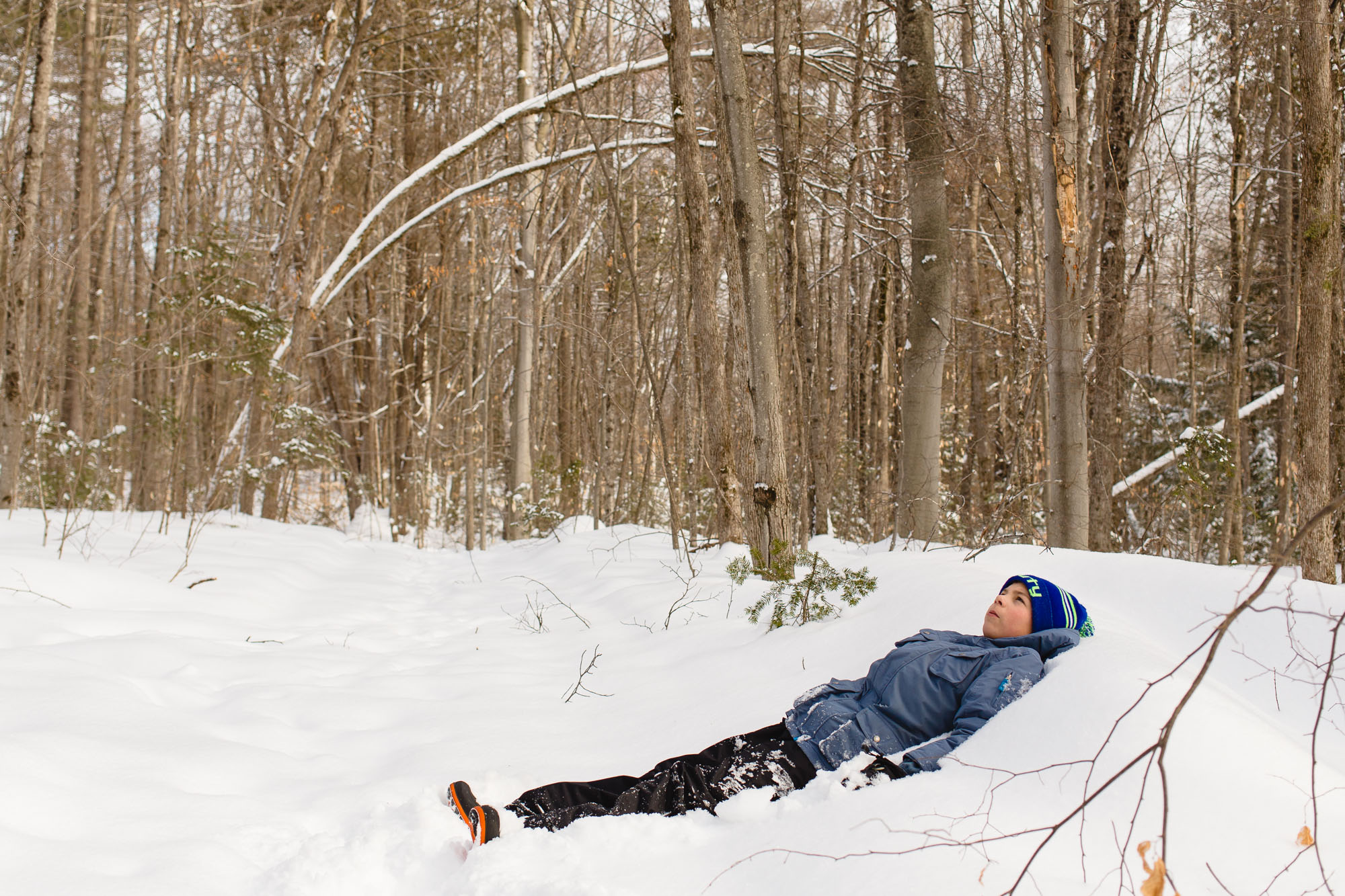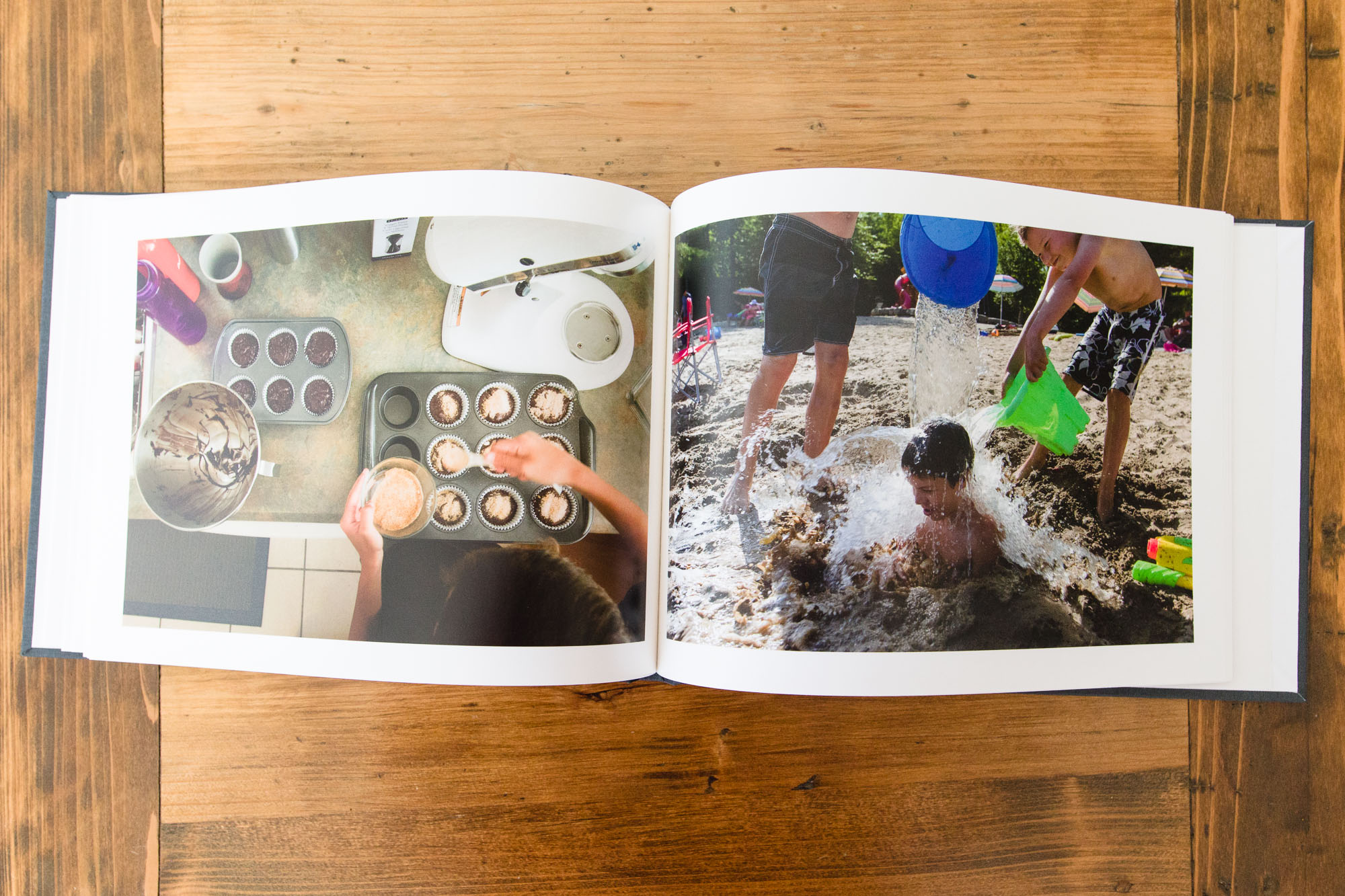This session from Katie McMenamin stood out for us, not only because of her beautiful images, but also because of her long standing relationship with the family pictured. Katie says:
“I have been photographing families for almost ten years now and started shooting documentary sessions several years ago. The majority of my work is still lifestyle sessions, but documentary really has my heart. There is nothing like going into a family’s home and capturing all the little moments that they’ll want to remember years from now. I love how it preserves a sliver in time, how it’s about more than just pretty pictures. I firmly believe that the value of these photos will really be felt ten years from now, when life looks very different than it does at the moment.
I have been photographing this family since their oldest of four kids was just one. This Winter was the first opportunity that I’d had to photograph a documentary session for them. Mom home schools their older kids and dad happened to be home that day, so it was a really relaxed, typical day in their home. I photographed a bit of their home schooling, the kids playing with legos, lunch and nap time. The kids’ personalities really shone and I loved watching them interact with each other in this setting where they’re super comfortable. It was by far, my favorite session that I’ve ever had with them.”
You can read more about Katie on her website, Facebook page, and Instagram account.
Our contributors also asked Katie a few questions about this session and her work in general. Below is her Q & A:
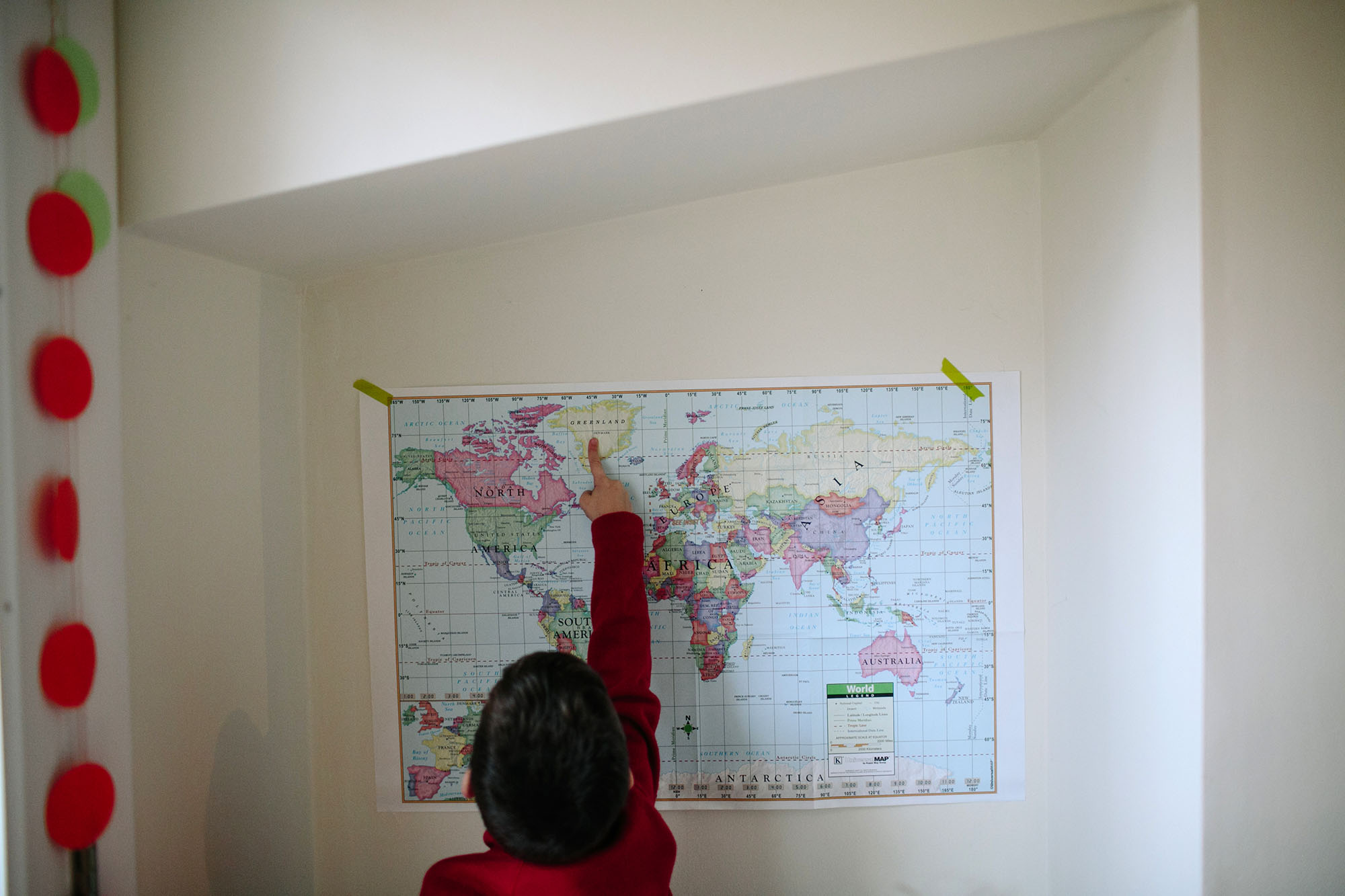
Aniya: Hi Katie, I love that you’ve been able to move this family from lifestyle to documentary. How do you see this creeping into your business, and how would you go about marketing these sessions differently from your lifestyle sessions? Also, I see that you aren’t afraid to get close in, and go in some places that some photographers stay away from. Do you ask before, say, going into the bathroom? Did you find this particular documentary session more relaxed since you do know this family particularly well?
I started out shooting weddings about ten years ago, and even then, I was always drawn to the photojournalistic moments over the posed photos. So when I started focusing on family photos, even in a more traditional lifestyle session, I always loved capturing documentary moments. I shot my first fully documentary session almost five years ago, https://www.kmcmenamin.com/r-family-part-1-manayunk-documentary-family-photographer/. I feel like it’s been a slow build since then. At first, I didn’t think I’d be able to sell this sort of session to people, and honestly, I was too scared to even try. Once I had my own kids, I realized the true value of these photos. I have been working harder to show these types of images on my website, blog and social media and to encourage my clients to at least make a portion of their session documentary, which I think gives them a taste of this type of work. I love nothing more than when a client who had a traditional, lifestyle session, tells me that a documentary moment that I captured was their favorite image. Lifestyle images with beautiful light and smiling happy kids sell themselves. I really think it’s harder to see the value in documentary photos unless you see photos of your own family.
Any time I know the client before the session, it is always more relaxed. I also always have my clients fill out a pre-session questionnaire. So even if I don’t know them, I can get a taste for what moments are important to them and who they are as a family. If I am capturing a personal moment and it wasn’t explicitly addressed in the questionnaire, such as breastfeeding or a toddler on the potty, I will usually ask if it’s okay. If a little one is older than a toddler, then I just give them their privacy in the bathroom, unless the door is open and they’re brushing their teeth or washing hands, etc. I am also extra discerning with what I share online. I never want to make my client feel uncomfortable with an image that I share, so if it feels too private or intimate, I will either ask or simply won’t share it. I think it takes a lot of trust for a client to let me into their home to capture everything, the good, bad and ugly, and I really want to respect that trust.
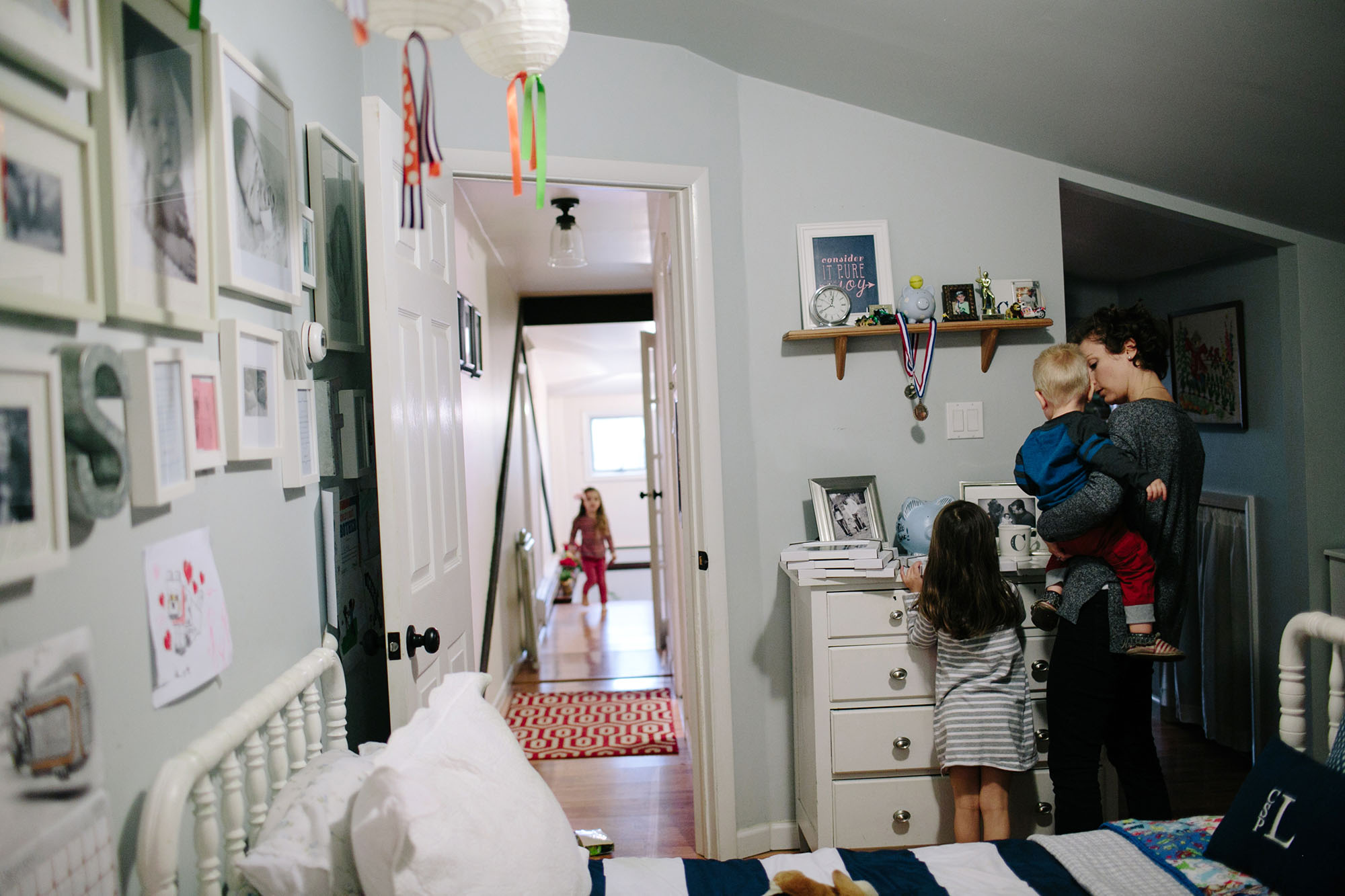
Felicia: How did you convince this family to try your documentary approach or were they intrigued because they have seen the shift to documentary (maybe through your personal work?)? When you shoot for yourself, do you find you always take the documentary or lifestyle route, or both?
This family actually won a contest that I was running to promote this type of session. I love nothing more than a documentary session, so the more interest and excitement I can generate for this type of work, the better. From that contest, I was also able to book a few other clients for documentary sessions as well.
When I am shooting for myself, I definitely take more documentary photos. Looking back at images from when my first daughter was born, four years ago, most of my photos of her tend to be lifestyle. I think that was just out of laziness. For me, it felt easier to set her up in a clutter free zone in a pretty outfit every once in a while than being at the ready with my camera at all times. In the last couple of years, I have found a balance. I keep my camera out all the time and if something cute is happening, I try to grab it. I don’t beat myself up if I miss the moment though and I still take tons of iPhone photos. I do love a posed, genuine smile for the camera photo of my kids too. Just like in my client work, I really feel there is a place for both lifestyle and documentary.
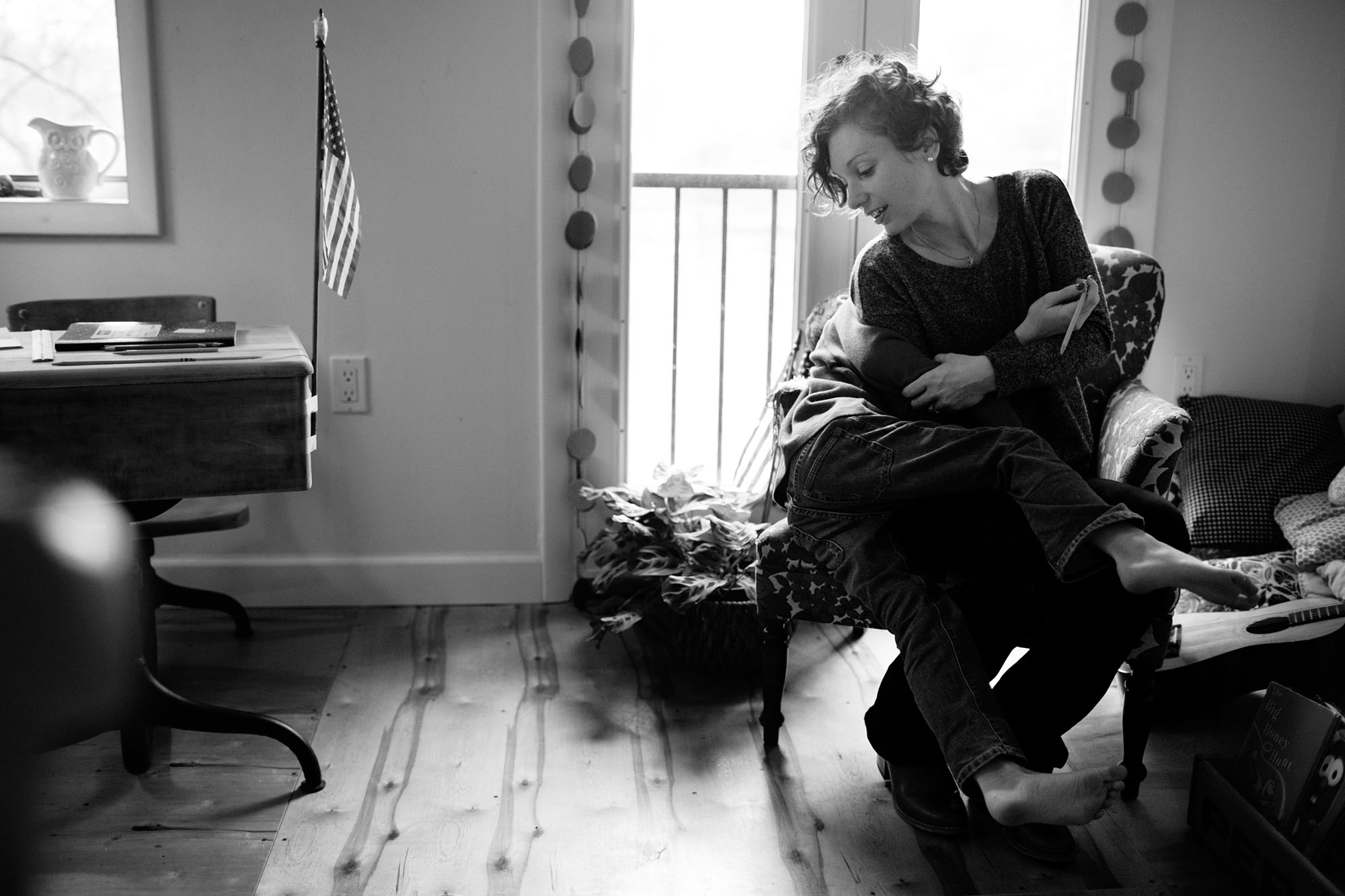
Erika: What is one thing you learned from this session and/or is there anything you would have done differently?
I feel like I learn something from every session that I shoot. In this case, I overshot and gave too many images. It’s something that I consistently struggle with and it’s a lesson that I’m constantly trying to absorb. I get emotionally attached to my clients’ images just like I get emotionally attached to personal photos. But just like my personal photos, I know that they won’t all be printed and revisited, so I think it’s really important to be able to give them the best of the best to choose from. I don’t want to leave them feeling overwhelmed.
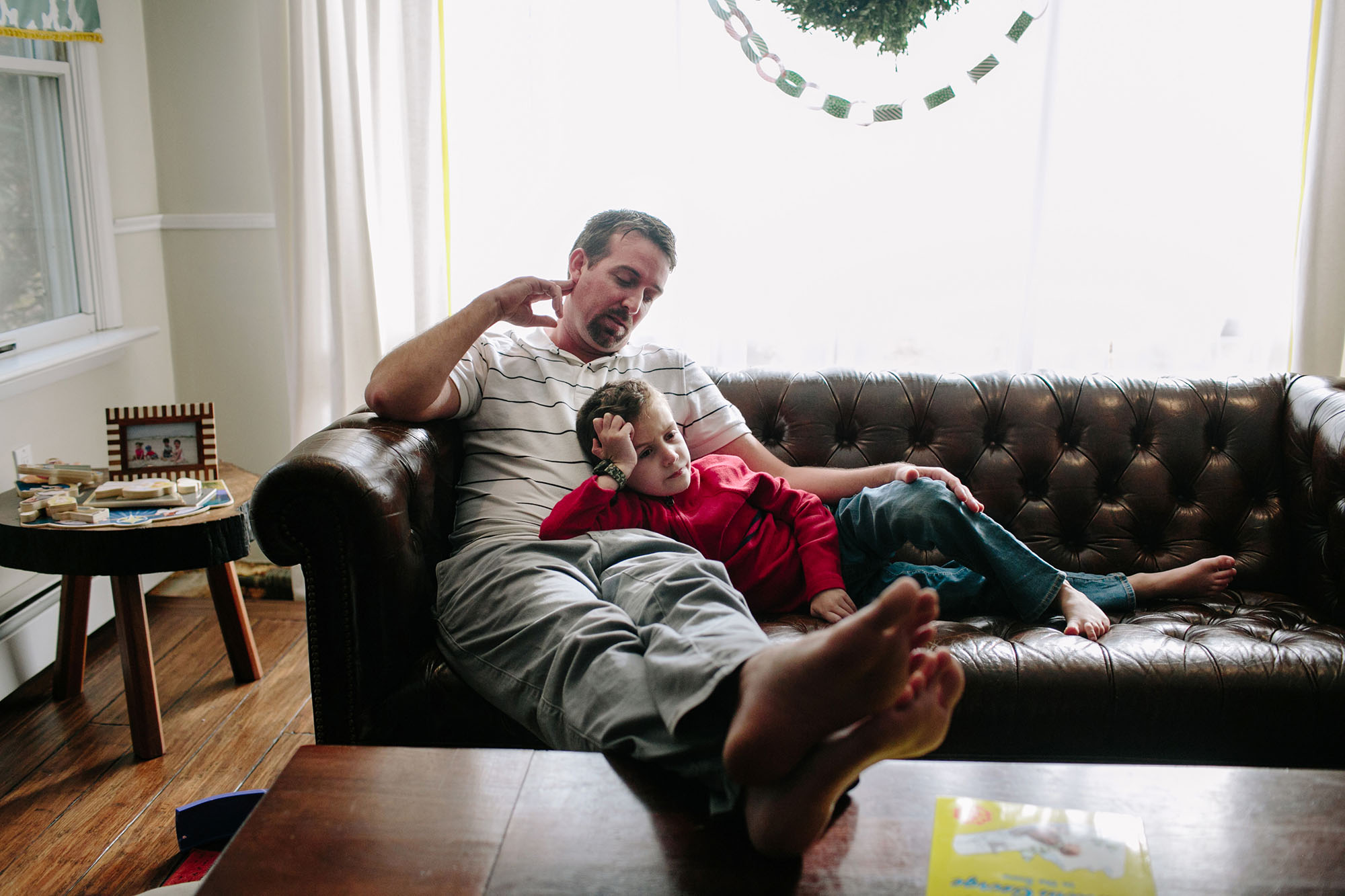
Jessica: What types of moments would you say you are most drawn to as an artist? Do you see light and composition first, or is the moment in the scene which draws you in?
I am definitely drawn to moments first and foremost. When I first started shooting this way, I would stress if a shot weren’t perfectly composed. But now I’ve come to realize that meaningful moments outweigh technical perfection 100% of the time. Sometimes, things are happening fast and getting perfectly into position just isn’t possible. Likewise, I love great light in an image, but when I’m shooting in a documentary style, I just let things unfold and use the light that I have available. If I have the time to compose things thoughtfully, I really love shooting things happening in the foreground and background simultaneously or shooting through things. Dimension always makes photos much more interesting to me, regardless of the light.
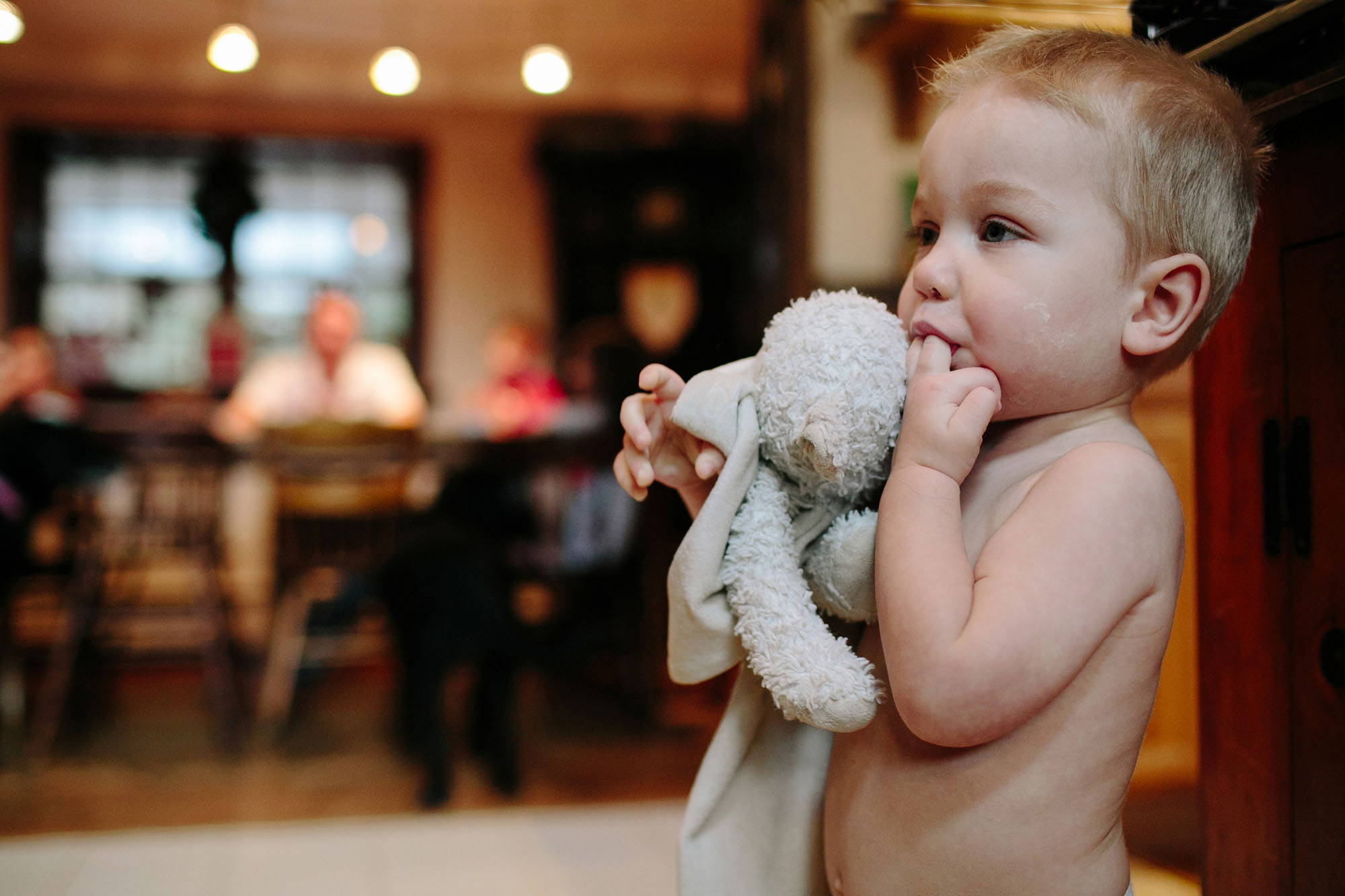
Leslie: What’s your favorite image from this set and why?
I have the hardest time choosing favorites (see above), but if I had to pick, it would be the image with their youngest sucking his fingers and holding his lovey. There are just so many things about that image that seem to capture a moment in time that is fleeting. At one and a half, he is right on that edge between baby and toddler and this image feels like it grabs on to that little bit of baby that is left in him. This session was only a few months ago and who knows if he is still sucking his fingers or toting his lovey around. I also love that you can see the hint of lunch left on his face. Such a real life moment.
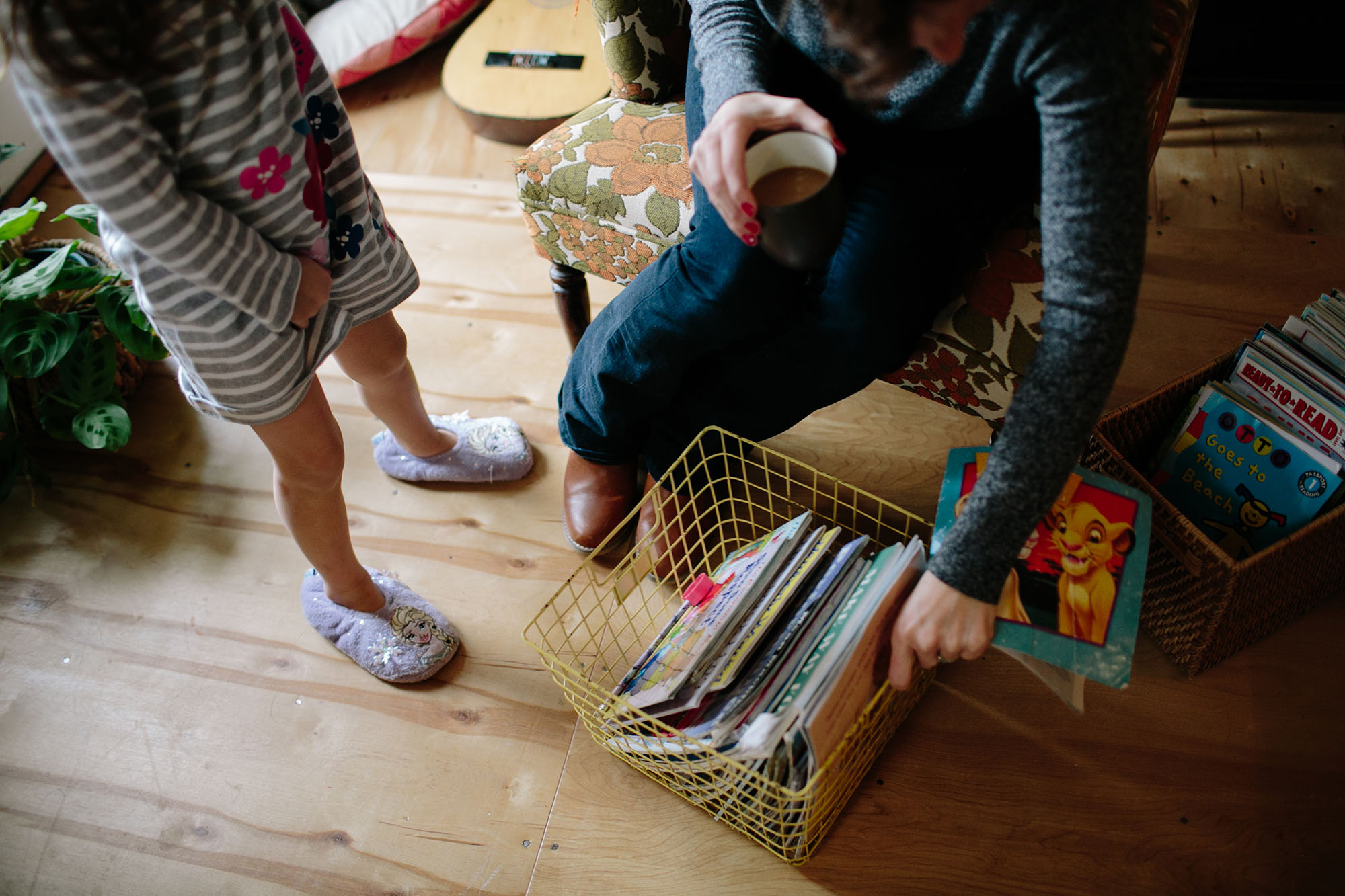
Want information on how you can be a featured artist? Check out our submission page for all the details.
